Charger Installation For Any Brand
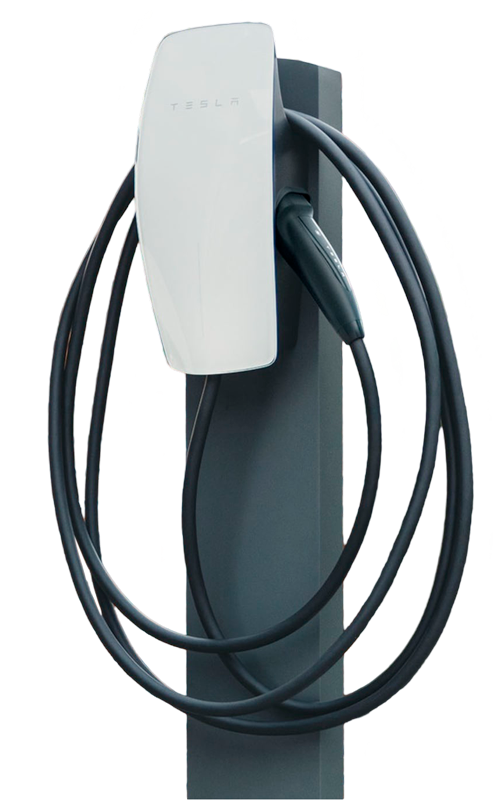
Varg Electric Benefits
We Service All Over the GTA
- Mississauga
- Brampton
- Burlington
- Toronto
- Richmond Hill
- Milton
- Oakville
- Hamilton
- Vaughan
- Markham
Quality Materials
Only High-Quality Materials for Safe, Reliable, and Long-Lasting Performance
Certified & Insured
Licensed and insured electrical contractor. ESA certification for each installation
No Time Wasted
Free estimate by the phone, no need to waste client time or effort, hassle, or stress.
Flexible Schedule
Highly experienced and reliable, flexible schedule, more than 150 installation in year

Tesla EV Charging
The best place to overnight charge your Tesla is at home. When you come home, plug in, and allow your car to recharge while you sleep. With a gas-powered vehicle, you no longer need to make excursions to the gas station, and you can take advantage of cheap overnight utility prices during off-peak hours, saving time and money.
The most flexible home charging option that we advise is a Wall Connector. However, other solutions are available to match your preferences and driving requirements. Before receiving your vehicle, Tesla advises installing your home charging infrastructure. The majority of installs only take a few hours, but it can take up to two weeks to locate and schedule an electrician.
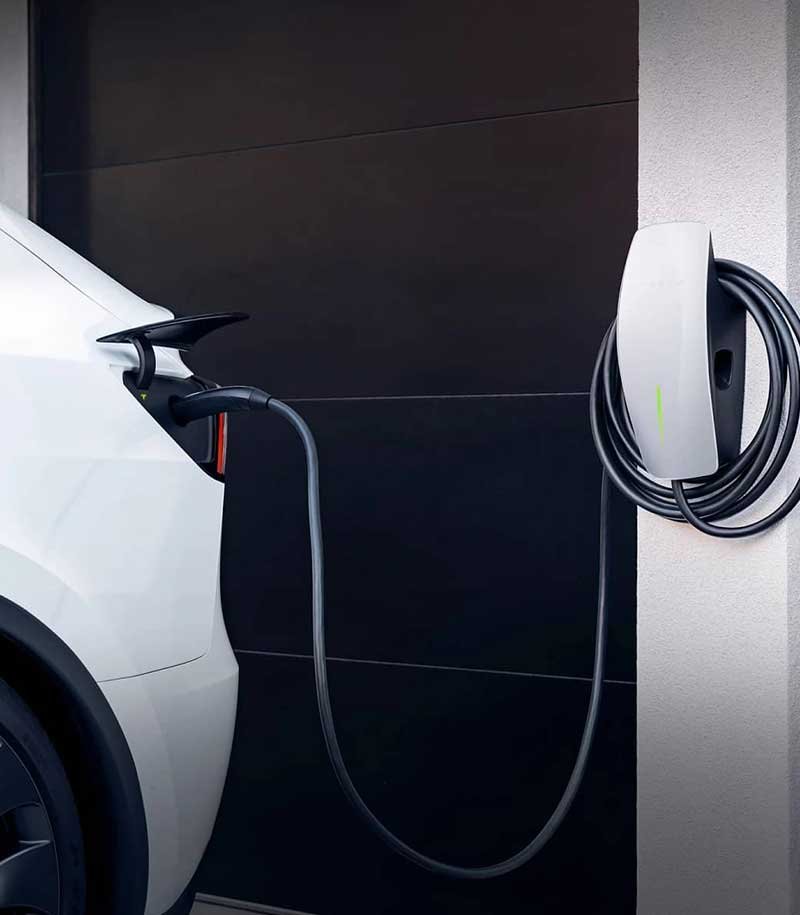
Tesla Mobile Connector Charging Time
Charging times vary based on the voltage and current available from the power outlet, subject to various conditions. Charge time also depends on ambient temperature and the vehicle’s Battery temperature. If the Battery is not within the optimal temperature range for charging, the vehicle heats or cools the Battery before or during charging.
To estimate the total time it takes to recharge the Battery in hours, divide the battery size (kWh) by power (kW). Different adapters provide different current and power outputs.
Charging Rate Reference Tesla Mobile Connector
| Adapter | Current | Power at 120 Volt |
|---|---|---|
| 5-20 | 16A | 1.7 kW |
| 5-15 | 12A | 1.3 kW |
| 14-50, 6-50 | 32A | 7.6 kW |
| 14-30, 10-30 | 24A | 5.7 kW |
| 6-20 | 16A | 3.8 kW |
| 6-15 | 12A | 2.8 kW |
Tesla Wall Charger Connector
For maximum power output, install a standard double pole 60 amp circuit braker. Wall Connector includes integrated GFCI protection – do not install a GFCI circuit braker. Wall Connector incorporates automatic load management, which allows the max output to be customized to an existing power supply. If the electrical supply is unable to support the 60 amp configuration, select a lower amperage configuration.| Circuit braker (amps) | Max output (amps) | Power output at 240 volts (kW) |
|---|---|---|
| 60 | 48 | 11.5 |
| 50 | 40 | 9.6 |
| 40 | 32 | 7.6 |
| 30 | 24 | 5.7 |
| 20 | 16 | 3.8 |
| 15 | 12 | 2.8 |
Installation Process and Cost
- Find an electrician first
- Ask for a Quote
- Place an Equipment Order
- Set Your Installation Date
Usually included :
- Expert installation assistance and supplies
- Permit
- Inspection
- Warranty for installation
In addition, usually:
- Long run of wire (distance from electrical panel to installation site)
- A second subpanel
- Trench (underground wires) (underground wires)
- Main panel upgradeCable concealment behind walls
If you need to install a Tesla EV charger at your home, please request a quote from VARG Electrical.
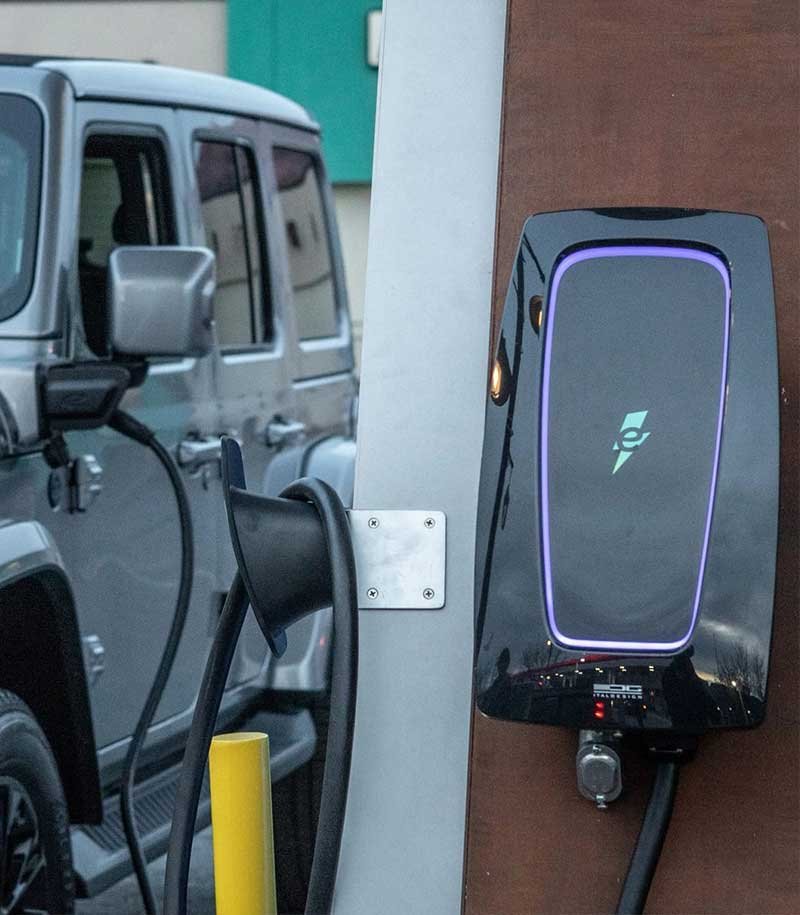

Jeep Wrangler 4xE EV Charging
The Jeep Wrangler 4xE is a new electric version of the iconic Jeep Wrangler SUV. It was introduced in 2021 and features an all-electric powertrain. This new electric version offers improved performance, increased efficiency, and reduced emissions compared to the traditional gasoline-powered Wrangler. The 4xE also comes equipped with advanced technology features and a modern interior, making it a popular choice for eco-conscious consumers who still want the off-road capability that the Wrangler is known for.
Uncompromised Capability
The Jeep Wrangler 4xE PHEV is designed to provide maximum capability, thanks to its combination of a 2.0L Turbo Plug-In Hybrid Electric Vehicle engine and a 17-kWh lithium-ion battery pack.
Adventure is Within Range
With a zero-emission, an environmentally-friendly all-electric range of up to 35 km and a total range of up to 592 km, tackle the great outdoors confidently.
Charged and Ready
Maintain the readiness of your Wrangler 4xe PHEV with user-friendly, environmentally conscious technology such as Regenerative Braking, which recharges the battery during deceleration and braking.
Vehicle Incentives to Keep it Clean
Your new Jeep Wrangler 4xE is eligible for federal government clean energy vehicle incentives of up to $2,500 on its purchase or lease. However, their incentives and qualifications may vary depending on your location.
What is a PHEV?
A Plug-In Hybrid Electric Vehicle (PHEV) has both an electric motor powered by a battery and an internal combustion engine that runs on fuel like gasoline. Unlike conventional Hybrid Electric Vehicles (HEVs), PHEVs can be charged by plugging them in and typically have a higher battery capacity.
How 4xE PHEVs Work
The operation of PHEVs can be in all-electric, all-gas, or a combination mode, automatically switching between power sources to achieve optimal performance. The internal combustion engine and battery collaborate to provide the maximum range possible in a PHEV. Initially, the vehicle generally runs on a battery-powered motor, switching to the combustion engine once the battery charge is depleted. During driving, the internal combustion engine and Regenerative Braking assist in recharging the battery.
Take Charging to a New Level.
– Casual Convenience – Level I Charging:
Level I charging utilizes a common 120V electrical outlet commonly found in homes and commercial establishments.
The Wrangler 4xe PHEV battery can be fully charged in approximately 12 hours with the included Level I charger (115V).
– Specialized for Speed – Level II Charging:
Level II Charging – available with Specialized In-Home Installation or at Most Commercial Stations
With the use of a Level II charger (240V), the battery of the Wrangler 4xe PHEV can be fully charged in roughly 2 hours, which is available through specialized in-home installation or at most commercial charging stations.
Regenerative Braking
Regenerative Braking is an Advanced Technology that Converts Kinetic Energy into Electricity
Regenerative braking captures the kinetic energy generated by braking. It converts it into electricity, which is then stored in the vehicle’s battery as an extra environmentally friendly power source for the engine.
When driving a PHEV equipped with regenerative braking technology, your normal slowing down and stopping while driving can help reduce fuel consumption.
Max Regen Feature
Charge Up While you Slow Down
The Max Regen feature in the 2023 Wrangler 4xe PHEV, which can be selected by the driver, slows the vehicle down more quickly than regular regenerative braking and produces additional electricity for the battery pack. This means that when you decelerate and brake, you’re not just slowing down but also charging up the battery.
If you need to install a Jeep Wrangler 4xE EV charger at your home, please request a quote from VARG Electrical.

BMW EV Charger Installation
It’s much easier than you may think to charge your electrified BMW, whether you’re at home or on the go. BMW electrified vehicles offer a significant electric range to get you where you need to go, in addition to quick charging times and a variety of cutting-edge technology intended to preserve energy on the road.
The Power of Choice
With your electrified BMW, all you require for charging and preparation for your trip is a typical household outlet. BMW electric vehicles, however, are set up to accept the most popular and practical home and public chargers accessible if you’re seeking something quicker.
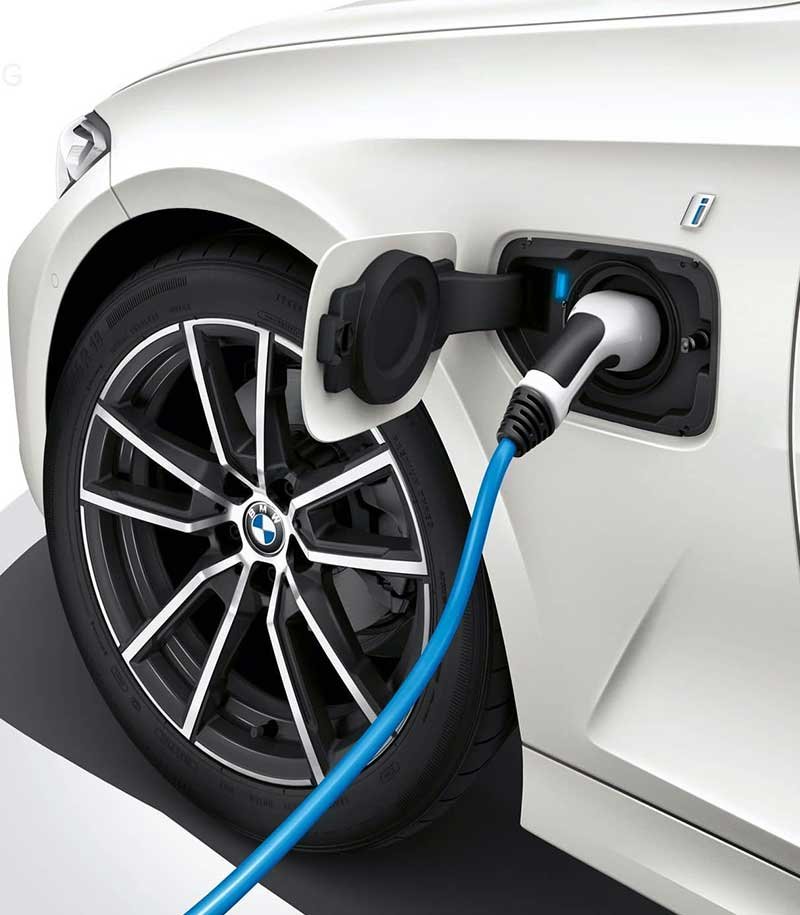
Level 1 Any Outlet Universal
Ideal top-up charger at 120 volts. Accommodates both plug-in hybrid and fully electric automobiles.
Level 2 Home & Public
Both electric and plug-in hybrid vehicles require a 240V charger. In the BMW iX, it takes just 11 hours to charge from 10% to 100%, and in the BMW i4, it takes 8.5 hours.
Charge rate of 9.6 kW.
Level 3 Fast DC Charging (Public Only)
Charging at a high rate solely for electric vehicles. Reaches an 0-80% charge in the BMW i4 in about 34 minutes and the BMW iX in 39 minutes*.
Standard BMW Flex Charger
The best at-home charging solution is the BMW Flex Charger, which comes standard with the fully electric BMW iX and i4 models. Thanks to the adaptors, it can support both Level 1 AC charging using a standard 120-volt outlet and Level 2 AC charging using a 240-volt outlet. With a 9.6 kW charging speed at 240 volts, the i4 and iX batteries can be charged from 10% to 100% in 8.5 hours and 11 hours, respectively.
Please be aware that professional installation is required for 240-volt outlets.
Visit your neighbourhood BMW Retailer for additional details.
The car battery’s size and the charging device’s kW output affect how long it takes to charge.
Extreme cold can reduce range, just like any fuel- or electric-powered car. The overuse of the heating system while the battery is still cold, which consumes a lot of energy from your BMW’s high-voltage battery, is one of the primary reasons range is impacted by cold weather. It is advised that you pre-condition your BMW while it is charging from the My BMW App to make sure its battery temperature is ideal before leaving in order to counteract this effect. In addition, doing so will assist in bringing the cabin environment to a comfortable level.
Overnight, most electricity providers typically have “off-peak rates,” making it more affordable to charge your car between 11 p.m. and 7 a.m. Find out more about the peak and off-peak hours at your utility company.
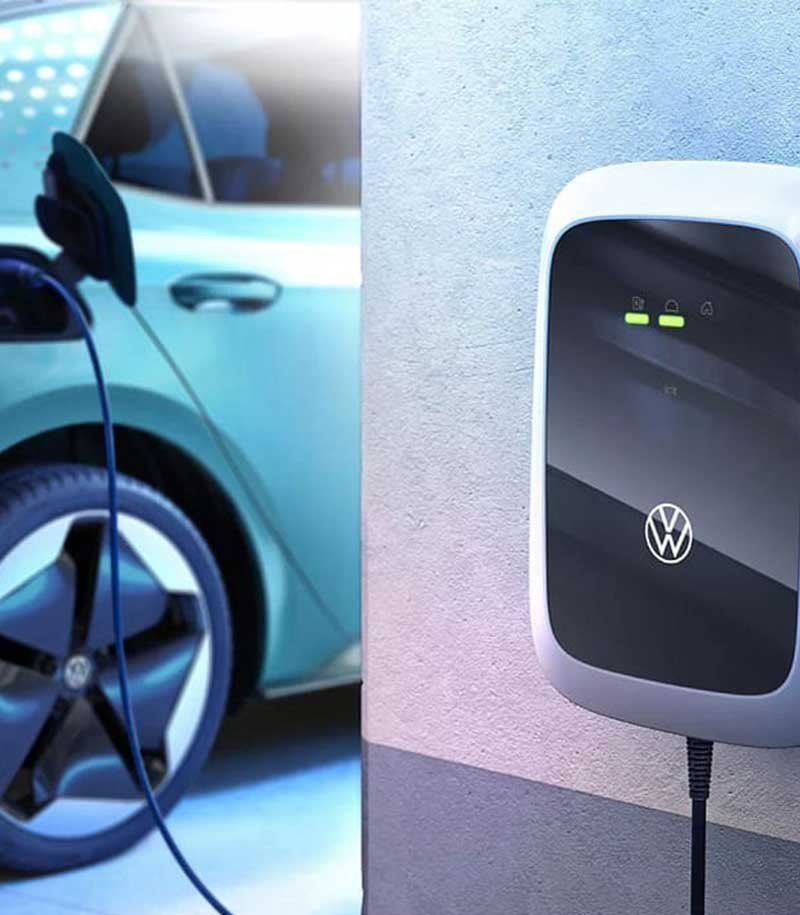

VW EV Charging
Level 1 Charging.
Up to 5km Charge an Hour. Home Outlet Charging.
This is how you start charging electric cars. A Level 1 120v charging cable is included with every ID.4 order. Since you’re using a regular household socket to obtain electricity, it takes the longest to charge. Upgrade to a wall box like the HomeStationTM (a Level 2 charger) if you wish to fill up at home more quickly.
Level 2 Charging.
Up to 50km Charge an Hour. Home Charging & Public Charging.
The majority of people charge their electric vehicles at home using Level 2 charging, which uses 240 volts of power and is ideal for overnight charging because it takes around 8 hours to reach a full charge. You can either utilise a non-permanent 2-in-1 cable that allows you to charge from a 240v outlet common in the majority of homes or a specialised Level 2 home charger that can be put into a NEMA 14-50 outlet or hardwired by a certified electrician to get complete Level 2 charging in your home.
Fortunately, several options are now on the market, including the HomeStationTM from Electrify Home, making it easy to choose and install the ideal Level 2 home charger. You can charge your ID.4 up to 6.8 times more quickly with the HomeStationTM than with a Level 1 charging connection (at 40 amps). Due to its usage rating, the charger may be installed indoors or outdoors. Its maximum output can be set during installation to 40 amps, 32 amps, or 16 amps to fit practically any home electrical panel* (NEMA 3R).
With HomeStationTM, you can schedule and remotely start and stop your Level 2 charger from the Electrify Canada app. Additionally, the app will link you to the quickest public charging network in Canada, Electrify Canada.
You can also use your voice to operate your HomeStationTM by connecting to your smart home device, such as Amazon AlexaTM or Google AssistantTM (in development).
Setting up Level 2 charging prior to the delivery of your ID.4 is a wise move and a terrific way to prepare for your new electric future.
VARG Electrical is your go to choice if you want to install a VW ID.4 EV charger.

Nissan Leaf Charging options
Based on the charging speed, compatibility, and necessary voltage, many types of electric car charging can be divided into several categories.
Level 1 Charger
The majority of the time, Level 1 chargers are used at home using a regular 120-volt outlet. These chargers are portable, included with the vehicle, and don’t need any specialized charging hardware installed. While Level 1 chargers can use a three-pronged plug to access household alternating current (AC) power, they need a dedicated 15 amp circuit to operate properly. To avoid overloading the system, this simply implies that no additional electrical appliances should be connected to the same circuit. The slowest charging method is level 1, which adds 2 to 5 miles to your LEAF’s driving range each hour.
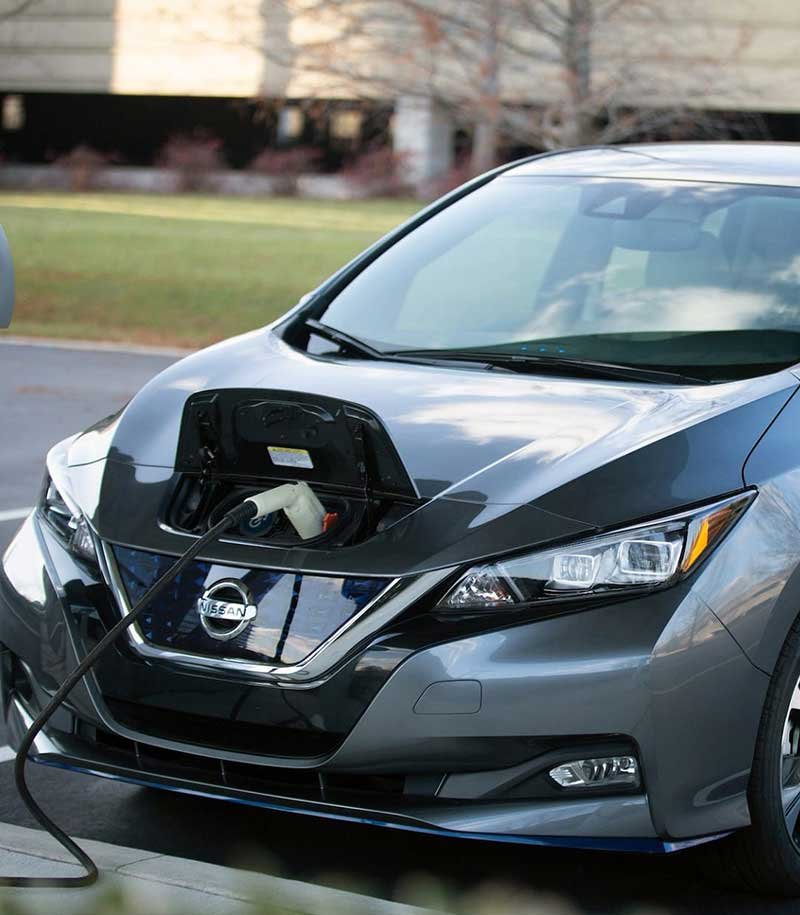
Level 2 Charger
Level 2 chargers can be used in public charging stations or at home, however at-home charging needs a dedicated 50 amp circuit, a 220-240 volt supply, and additional charging equipment installed. Varying level 2 EVSE chargers require different amounts of circuit current. Refer to the installation specifications provided by the manufacturer. Today, locate an installer.
Fortunately, there are over 35,000 EVgo and EVgo roaming Level 2 chargers in the United States that may extend your LEAF’s range by 10 to 25 miles per hour of charging. It’s also vital to remember that all hybrids and electric vehicles may use Level 2 chargers. Nissan and Wallbox have partnered to make home charging more straightforward.
VARG Electrical will provide you with a personalized solution if you want to install a Nissan EV home charger.
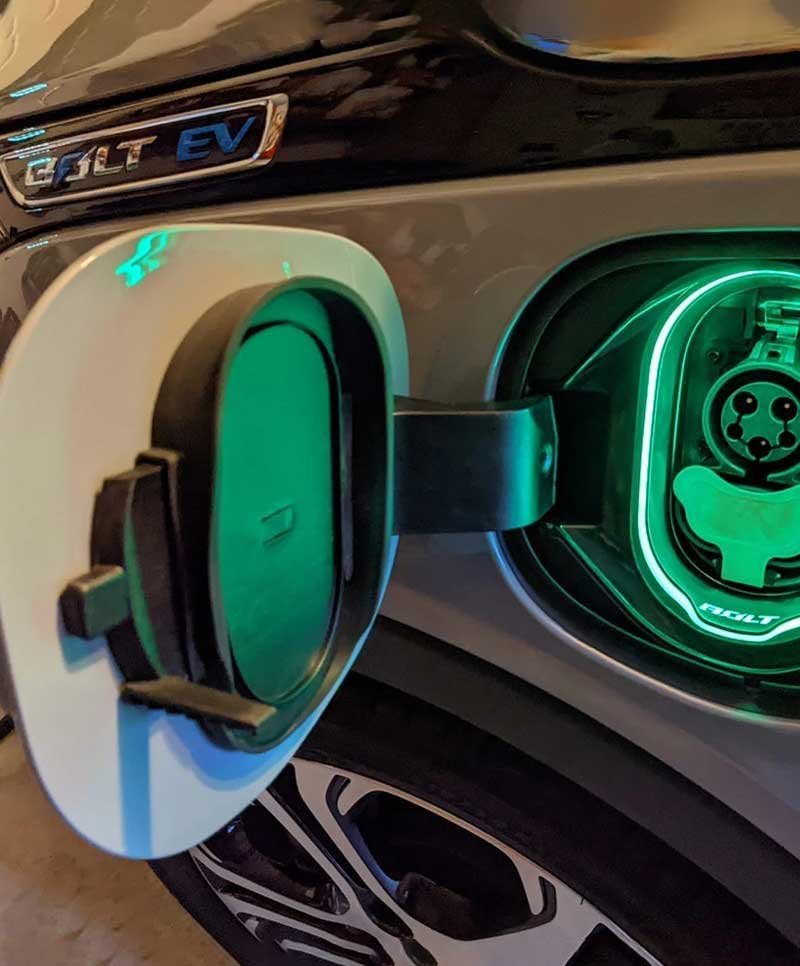

Chevrolet Home Charging
Like a phone, your car needs to be plugged in to charge. At home! Discover all there is to know about home charging.
You may use Level 1 or Level 2 charging at home with the Dual Level Charge Cord’s interchangeable plug (professional installation required). Everywhere there is a 3-prong 120-volt outlet, and level 1 charging is usable. This is a fantastic finishing option. You can charge your device more quickly at home by using level 2 charging with a 240-volt outlet. The greatest degree of charging, DC Fast Charging, is only available in public places.
Never again stop at a petrol station; simply charge your car the same way you charge your phone. You have a variety of options when it comes to creating your charging plan with the Bolt EV and Bolt EUV. With location-based charging, we make it simple for you to set your car to charge when and where you are. There are settings specifically for priority charging that let you use cheaper utility rates by charging at times when it is optimal for the grid.
Testimonials from our clients
"I asked Andrey to provide me a quote for a tesla install. I had been in contact with him for 1 month trying to shop around but his price was the best. He was always responsive the whole time. Andrey was great. He arrived on time and worked diligently. Installed our tesla charger. ..."
"This was an excellent experience. I had a Tesla charger installed. There was fantastic communication during our consultation. He was incredibly transparent. Came on time to do the work, and was very efficient and clean. The install is clean and neat in appearance, and I was up and running very quickly. ..."

Nicole L.
"Andrey did a great job installing my EV charger. He arrived on time and worked very quickly. The quality of his work was excellent and his prices are very competitive. I would highly recommend Varg as an electrical contractor."

Mark Alexander
"I had a great experience with Andrey for install of an EV Charging Plug and Panel Upgrade to 200Amps. Good quality work done in a timely manner. Good communication all along. Highly recommended ☑️. Thanks!"

Atwal Family
Frequently Asked Questions
Is home EV charging available in Canada?
The Canadian government is providing discounts of up to $5,000 for the purchase or rental of qualifying zero-emission vehicles through the new iZEV programme (ZEV). At the time of purchase or rental, the reduction is applied immediately to the sticker price at the dealership.
How fast are home EV chargers?
Electric vehicles (EVs) can be recharged at different speeds depending on the capacity of the battery. Charging capacity can be divided into three categories:
Level 1 charging includes plugging in a standard cord set that comes with all EVs into a wall socket. This is the slowest level of charging (110 Volts/15 Amps) with an approximately 8 km range per hour of charging.
Level 2 charging is the most common level of charging with similar requirements to a clothing dryer or stove. Level 2 chargers can be installed in homes and commercial facilities by licensed electricians. They charge slightly faster than Level 1 chargers (240 Volts/30 Amps) with approximately 35 km range per hour of charging.
Level 3 charging/direct current (DC) is the fastest level of charging (400 Volts/100 Amps). Level 3 stations charge a battery from empty to 80% in 30-45 minutes with approximately 250 km range per hour of charging.
What is a DC fast charger?
The fastest charging method is the DC fast charger, often known as the Level 3 charger, however it is also the most expensive to use. Power output for the DC fast charger ranges from 50 kW to 350 kW in capacity.
DC fast chargers are frequently exclusively utilised in commercial or industrial settings or at the start of a highway due to their expensive cost and very high power output.
An EV will refuel at a rate of 3 to 20 miles of range per minute on a Level 3 charger. This indicates that it will take between 30 and 45 minutes for your EV to reach full charge.
However, the scarcity of stations across the nation is a significant disadvantage of DC fast chargers.
Still Have Questions?
Sure, feel free to ask any questions you have!





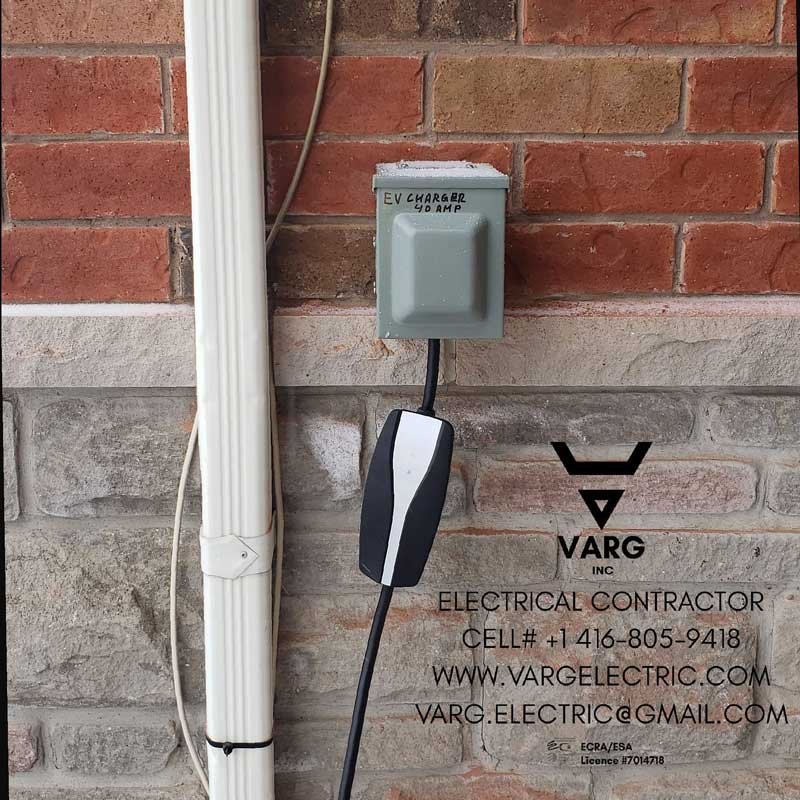
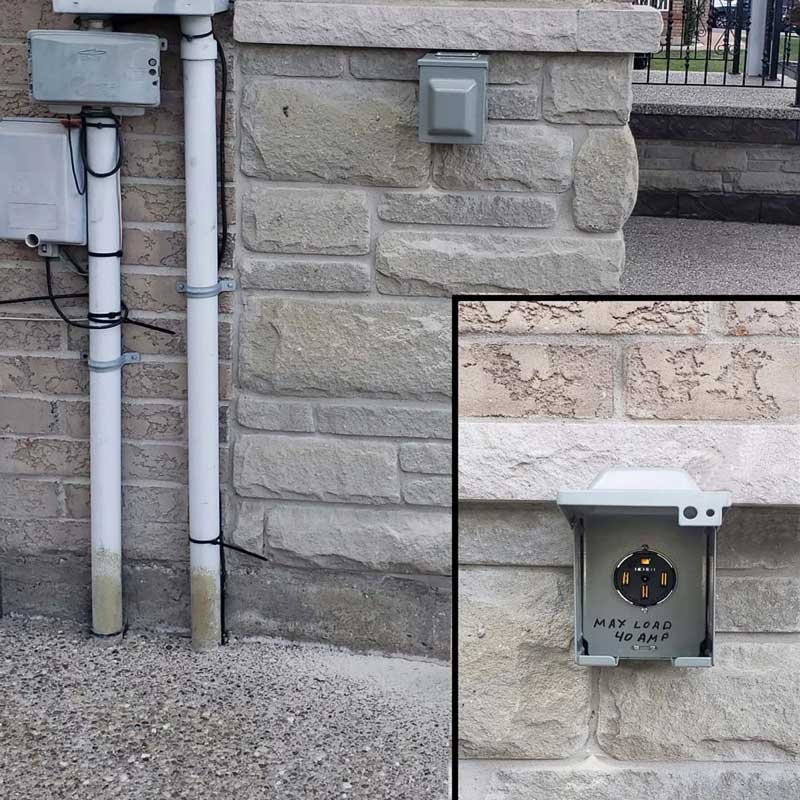
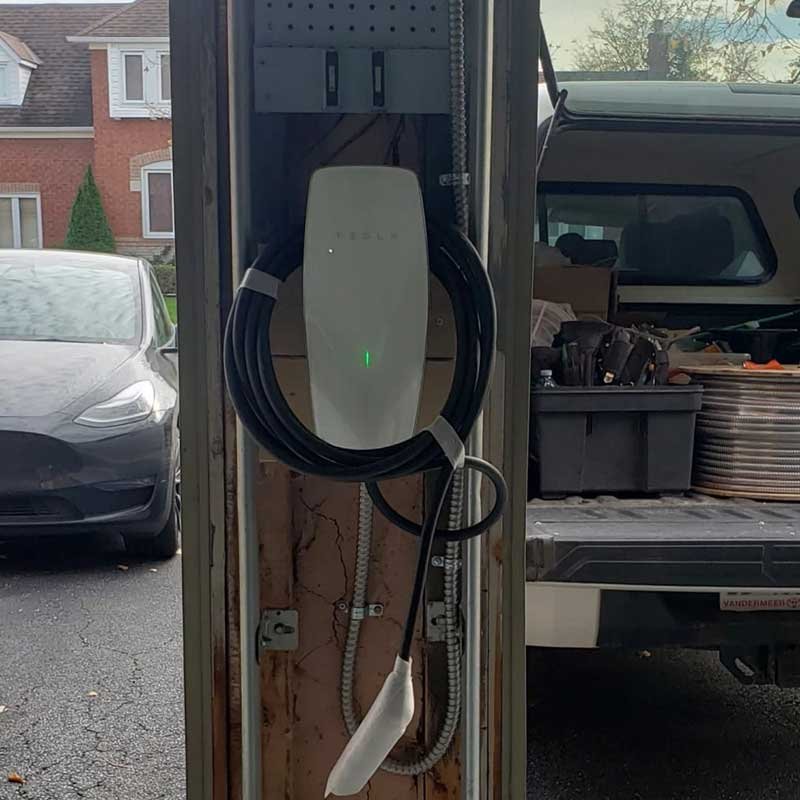
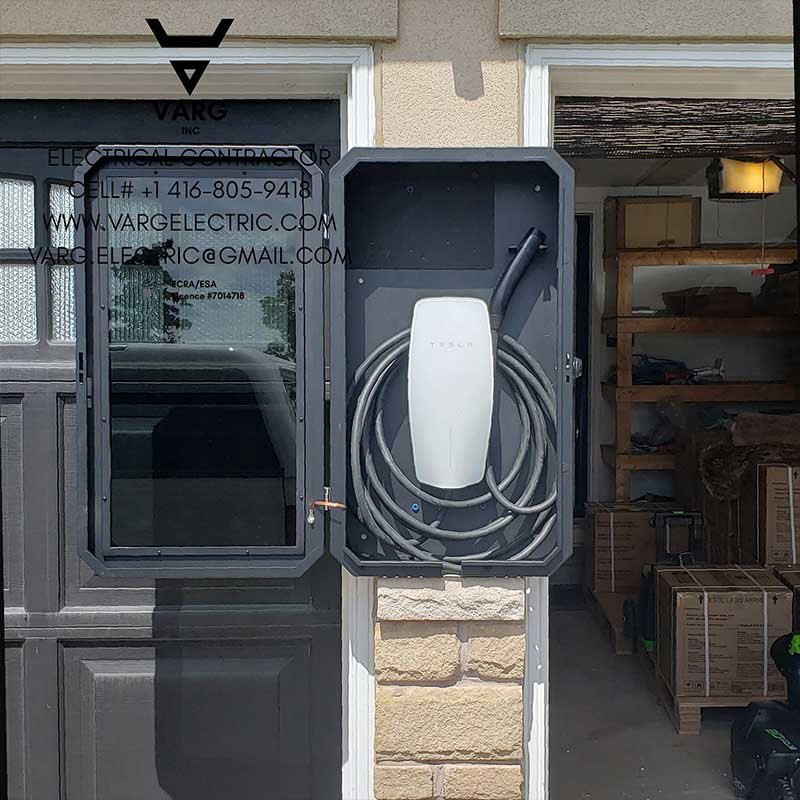
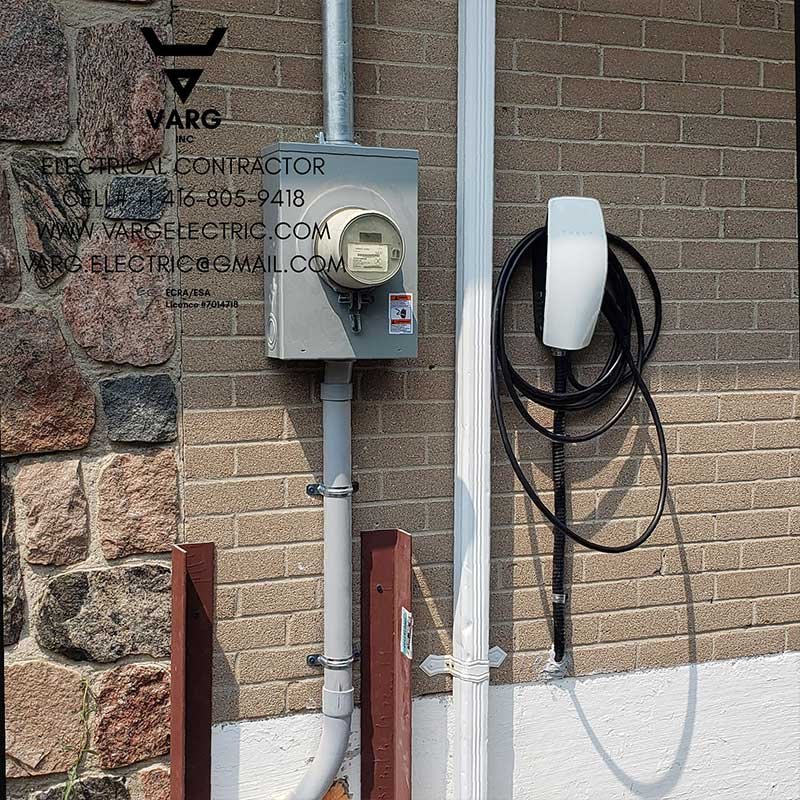
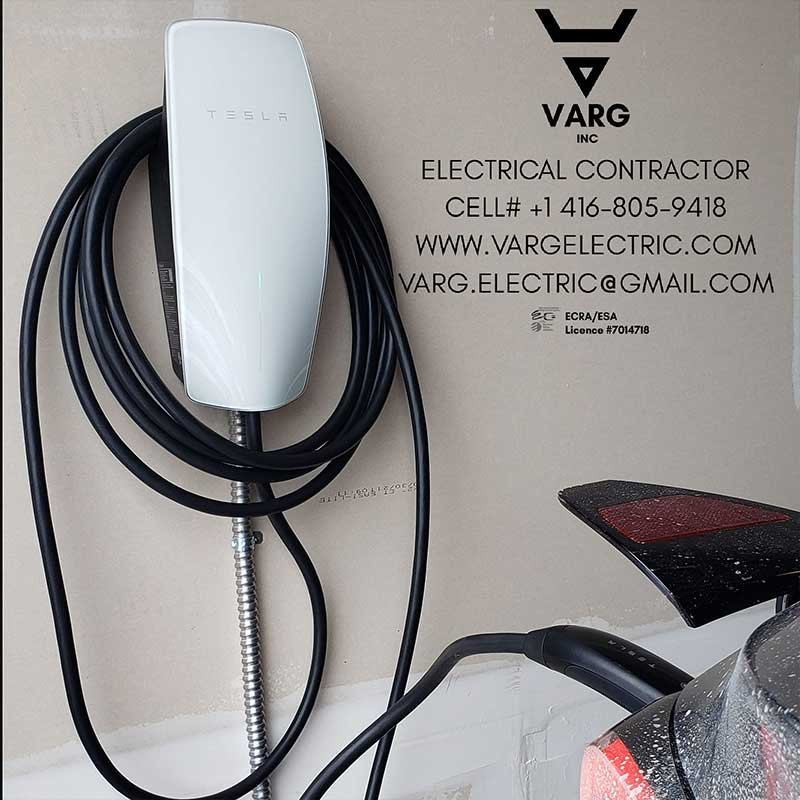
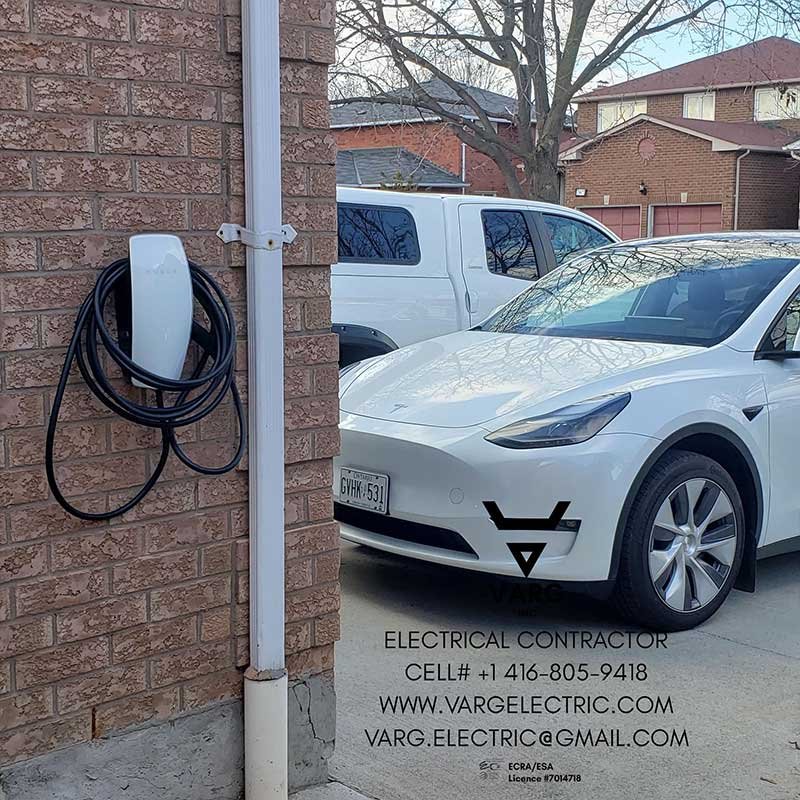
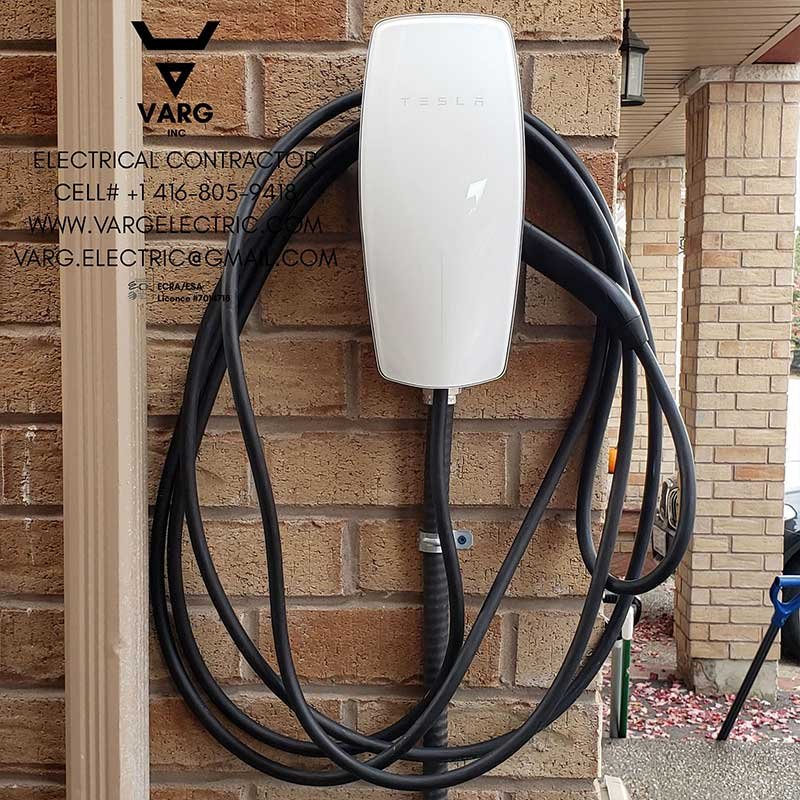
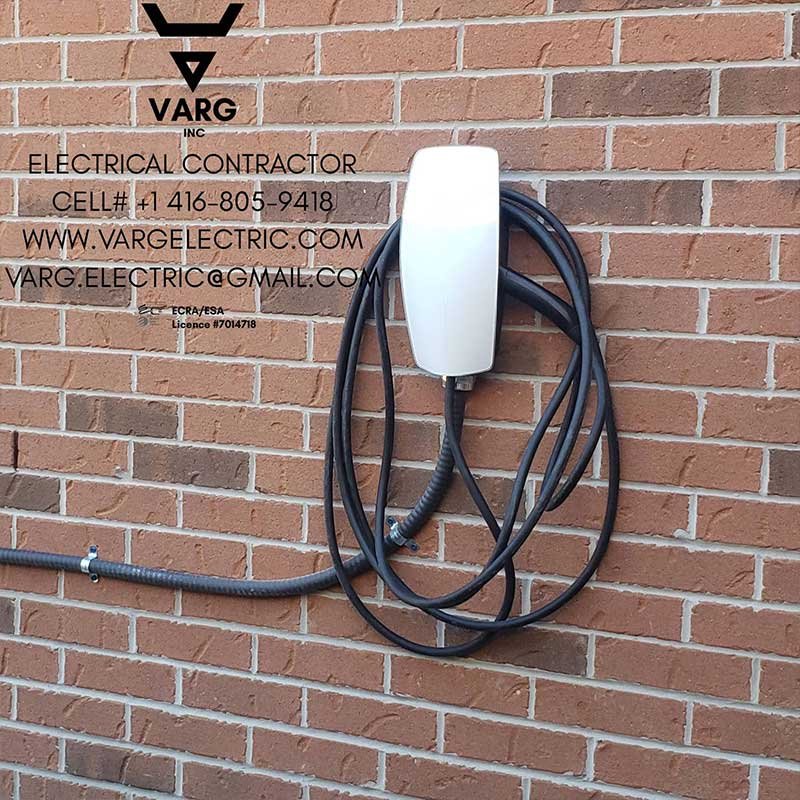
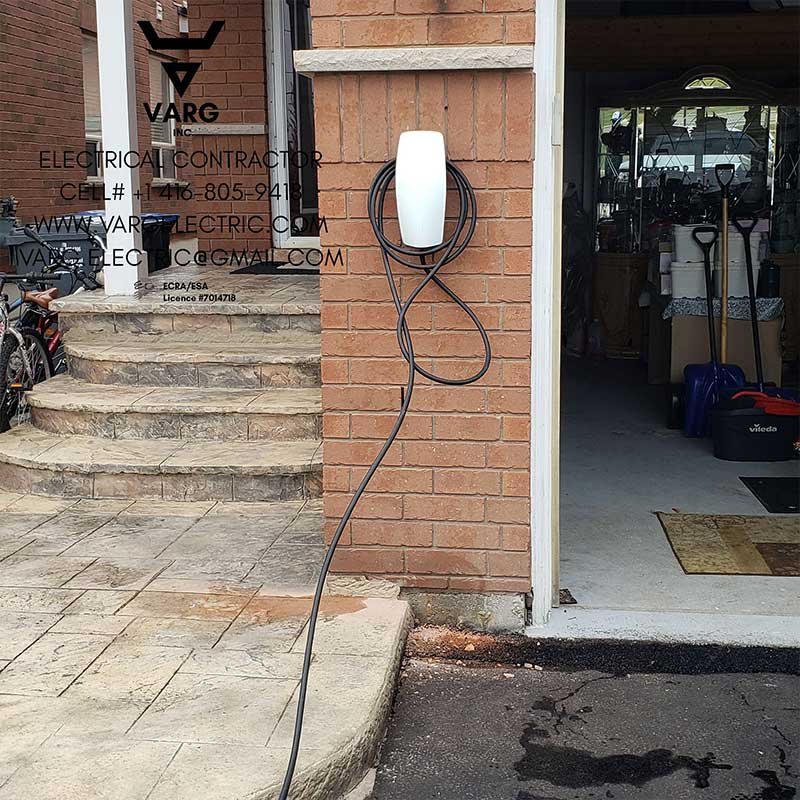
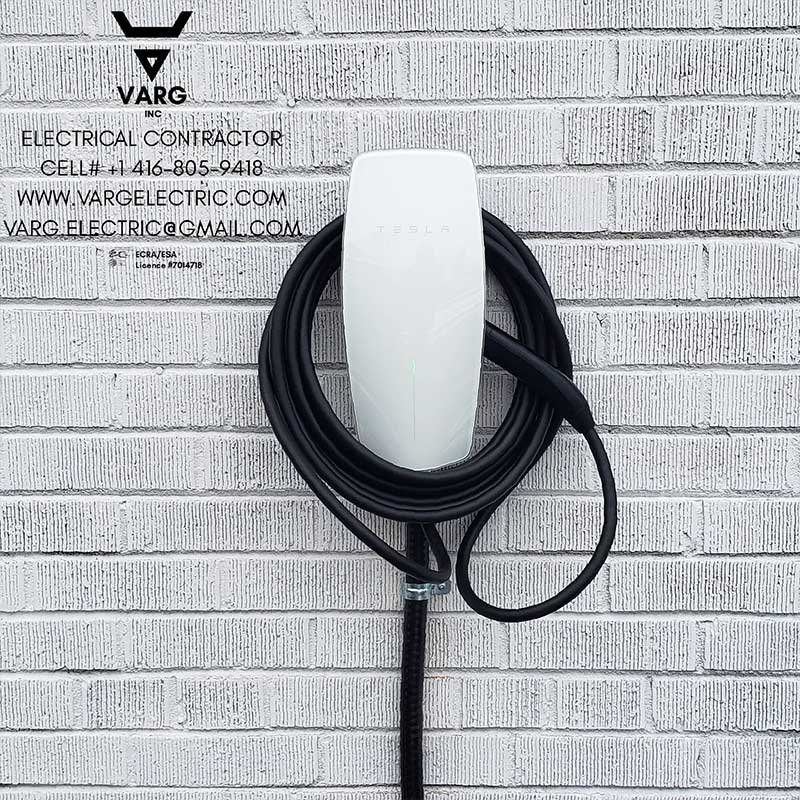
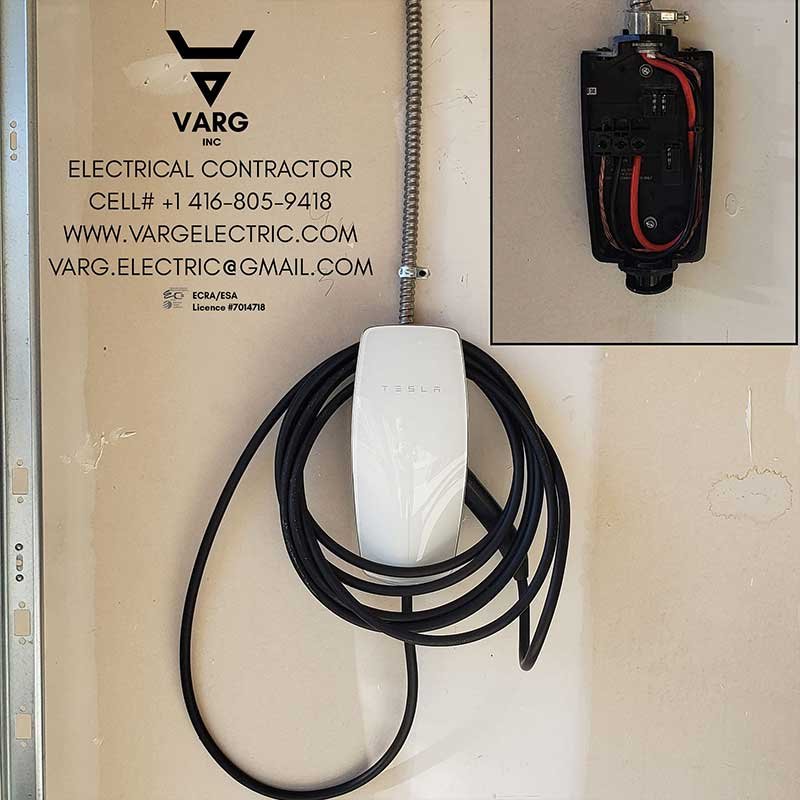
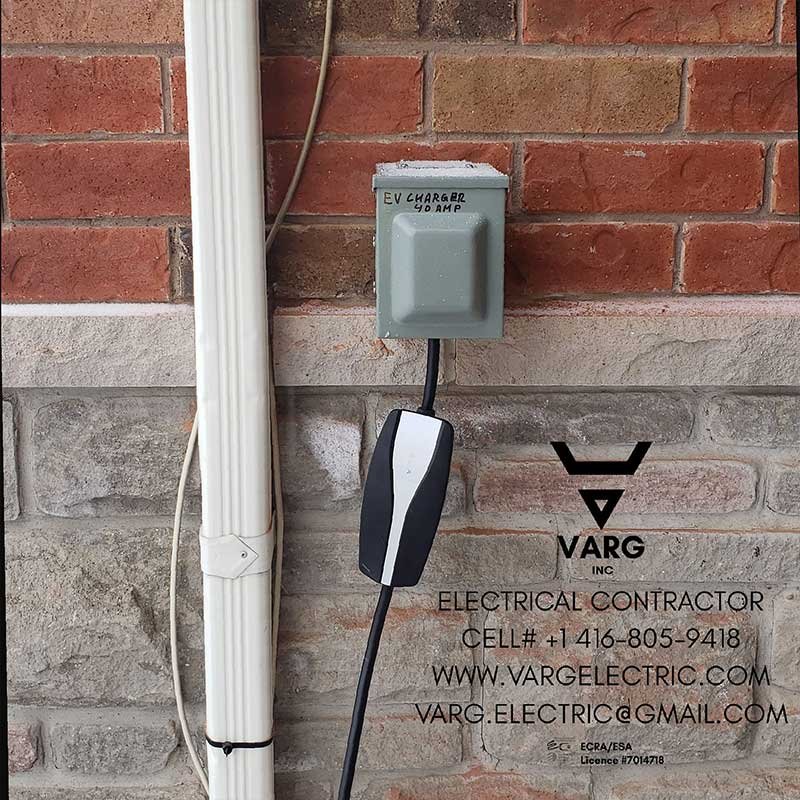
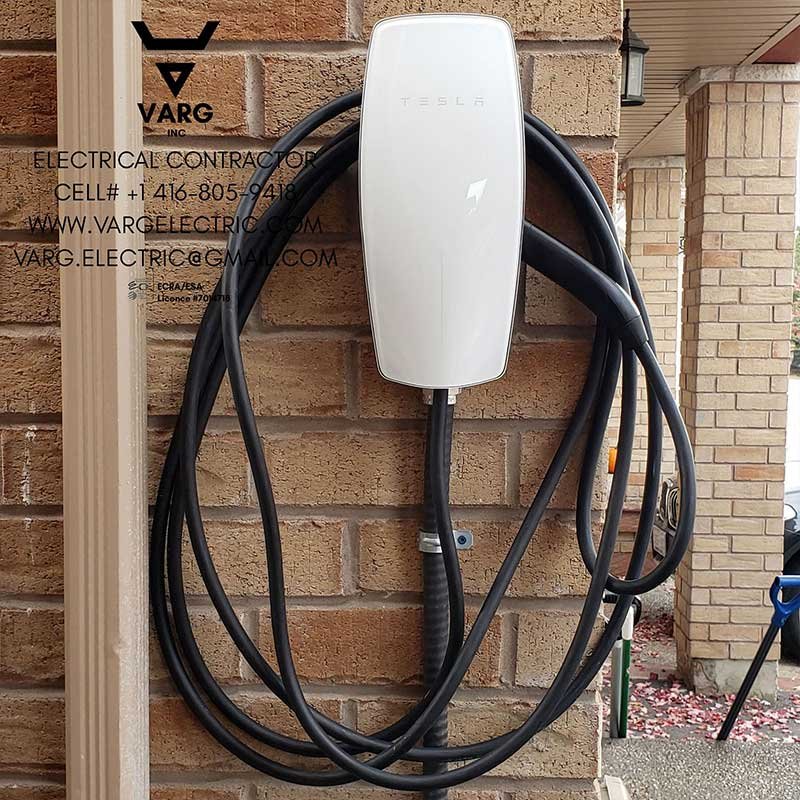
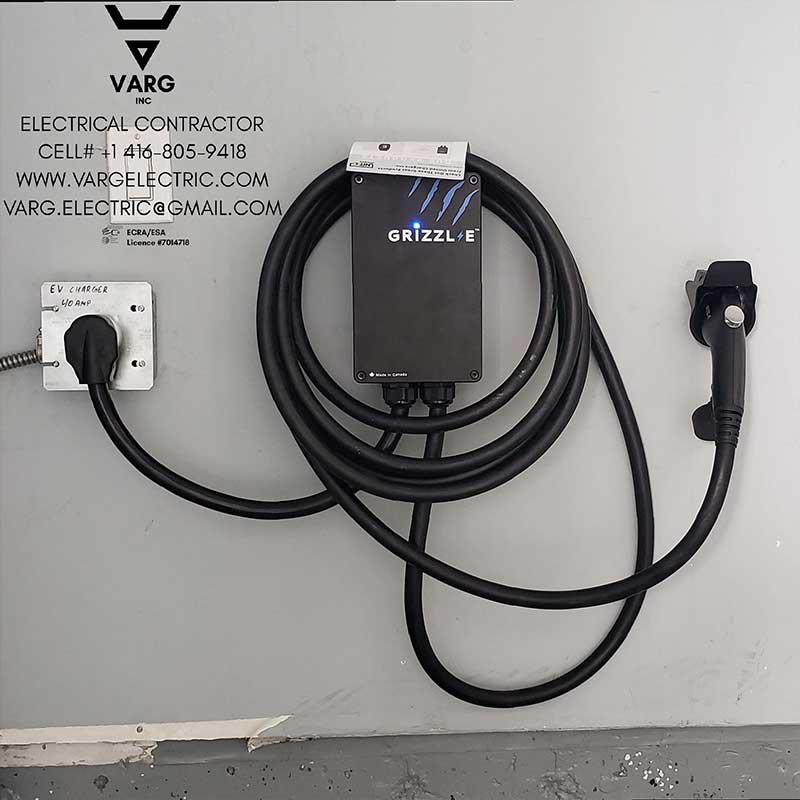
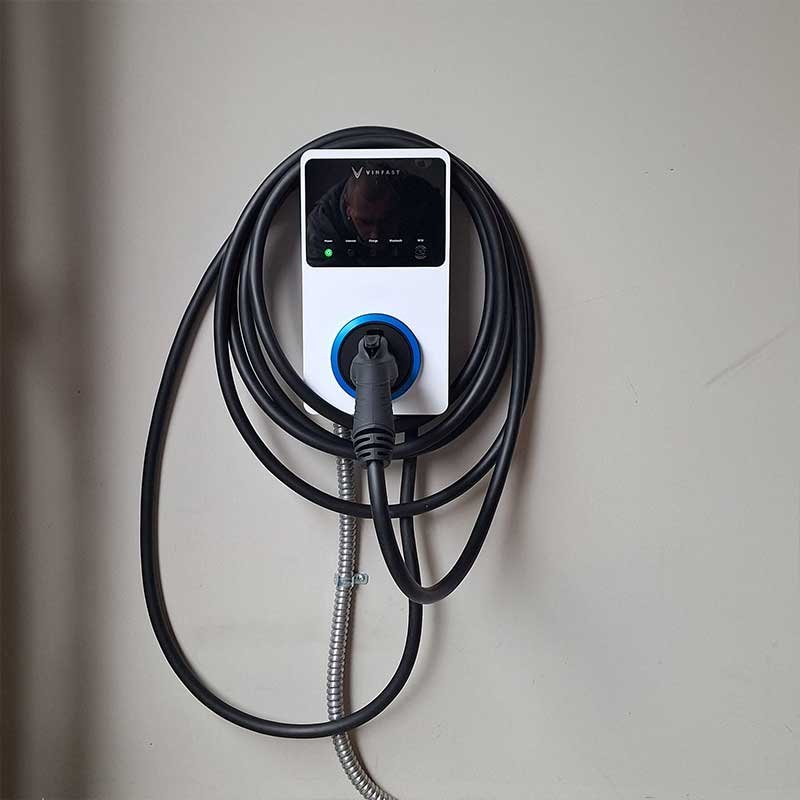
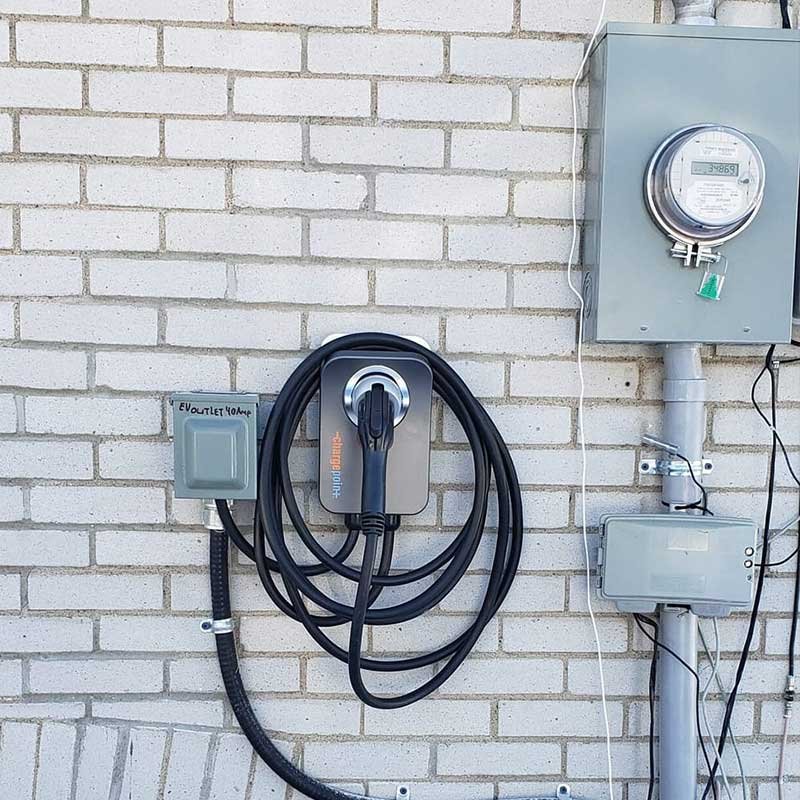
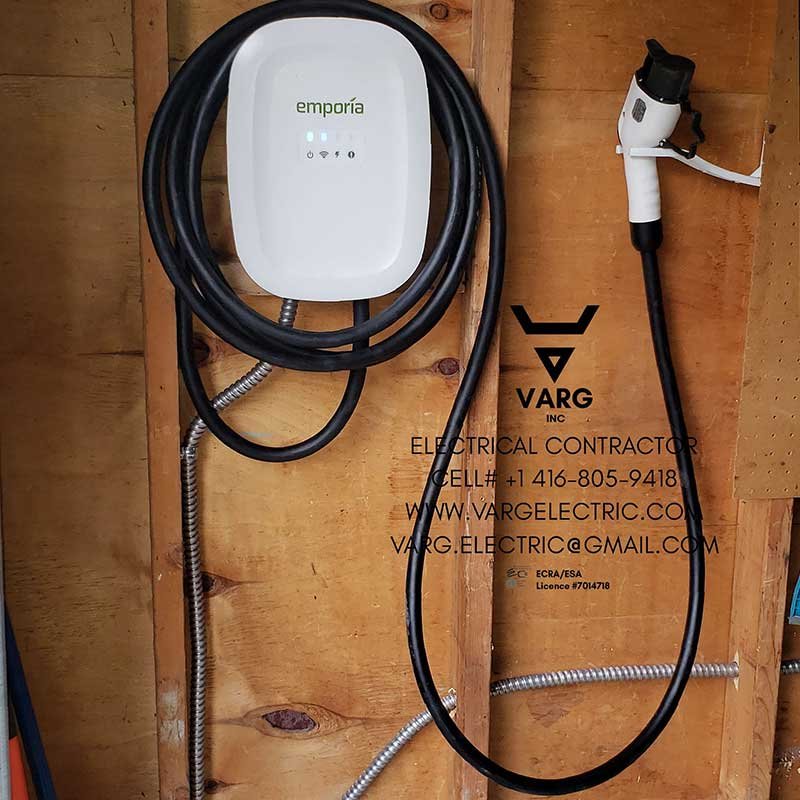
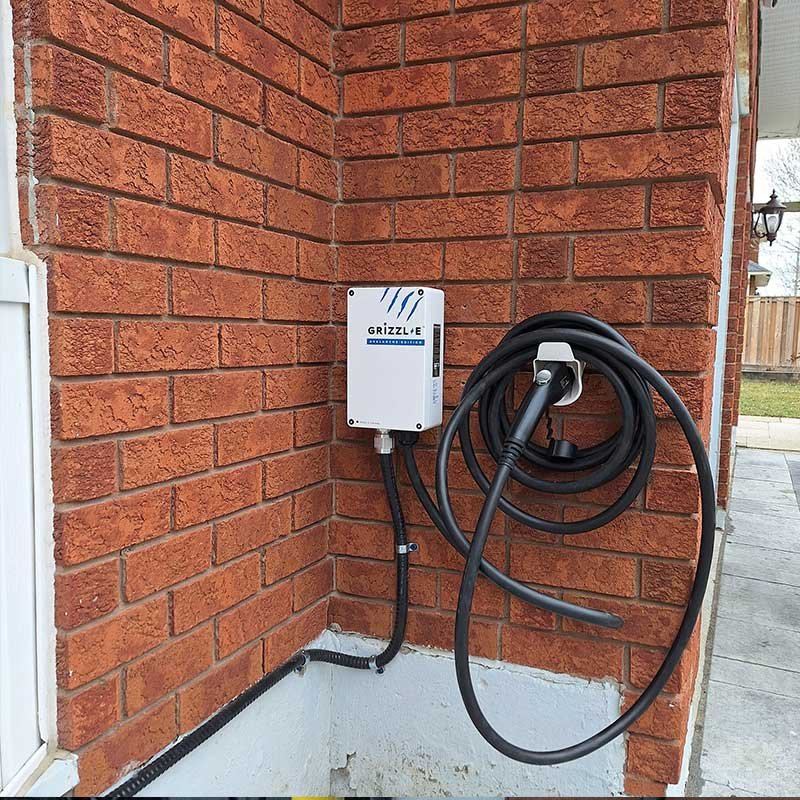
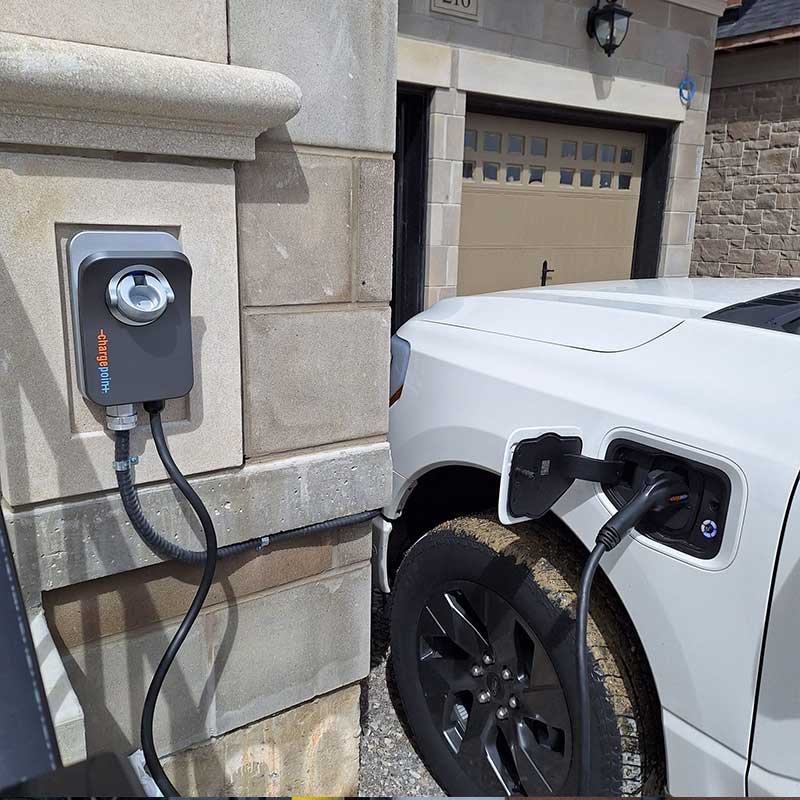
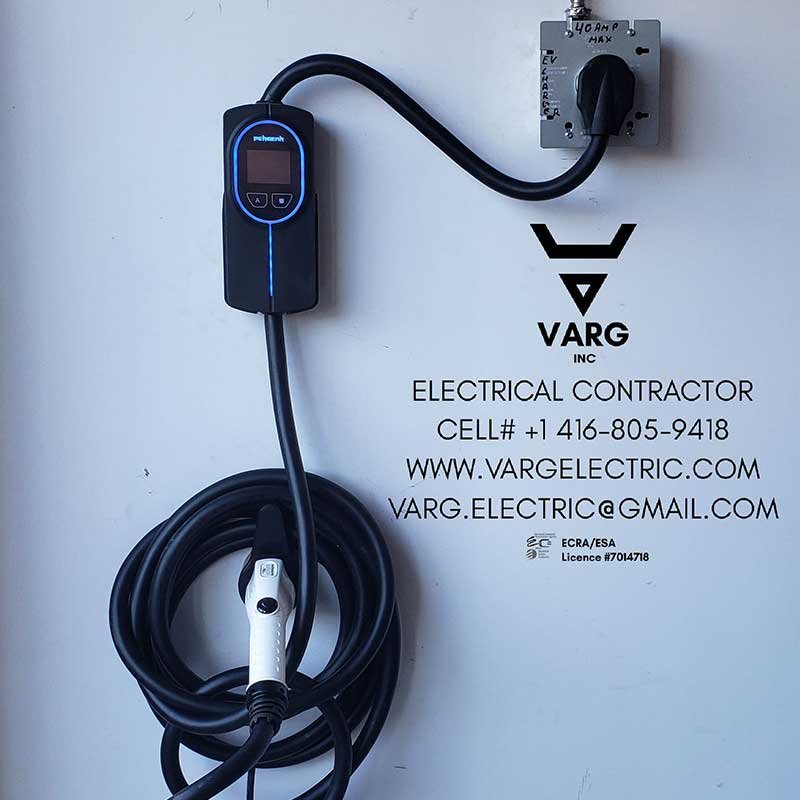
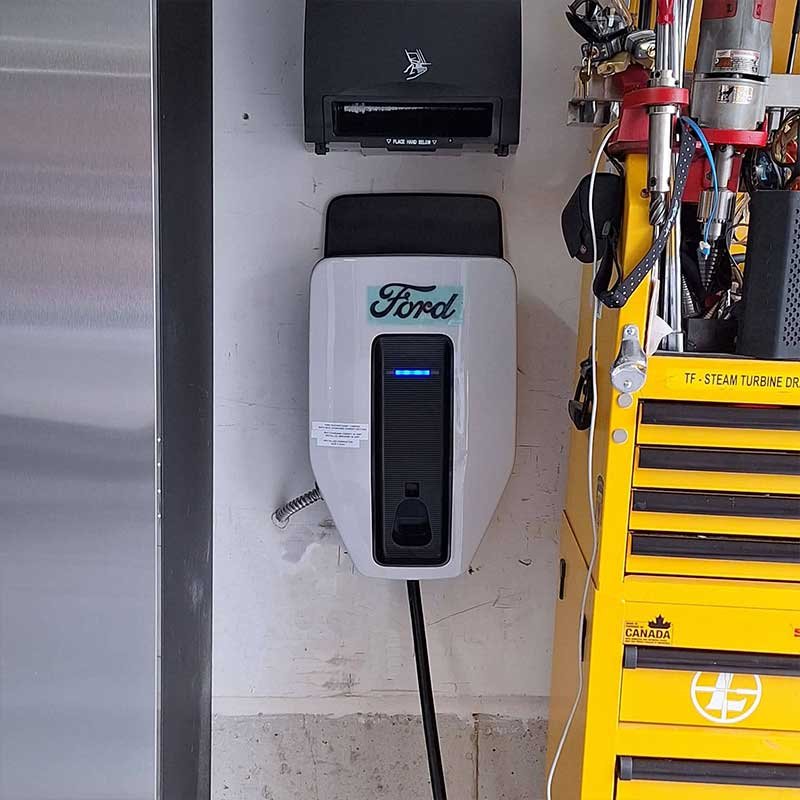
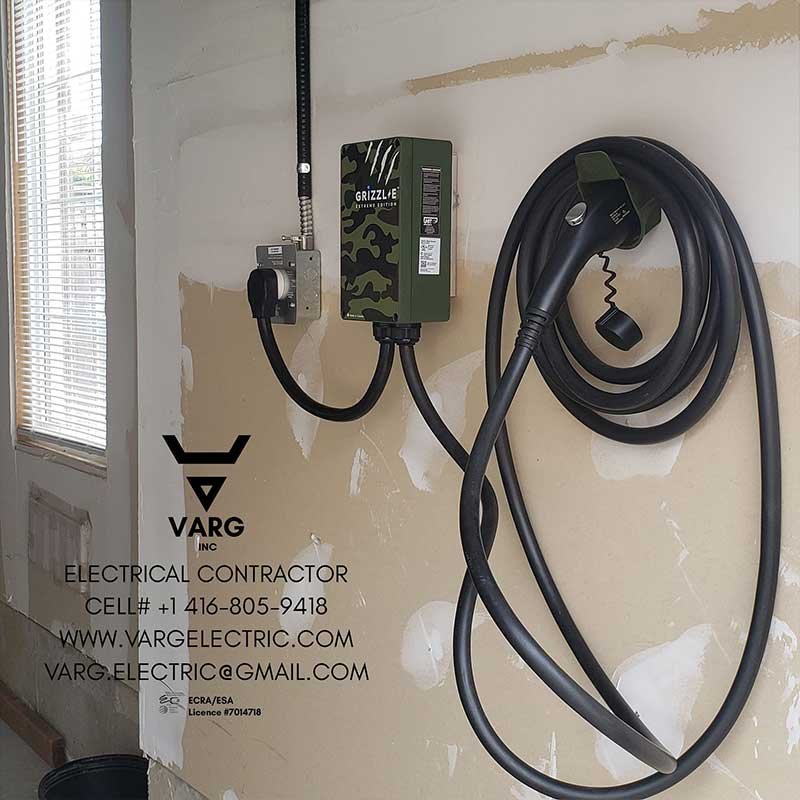
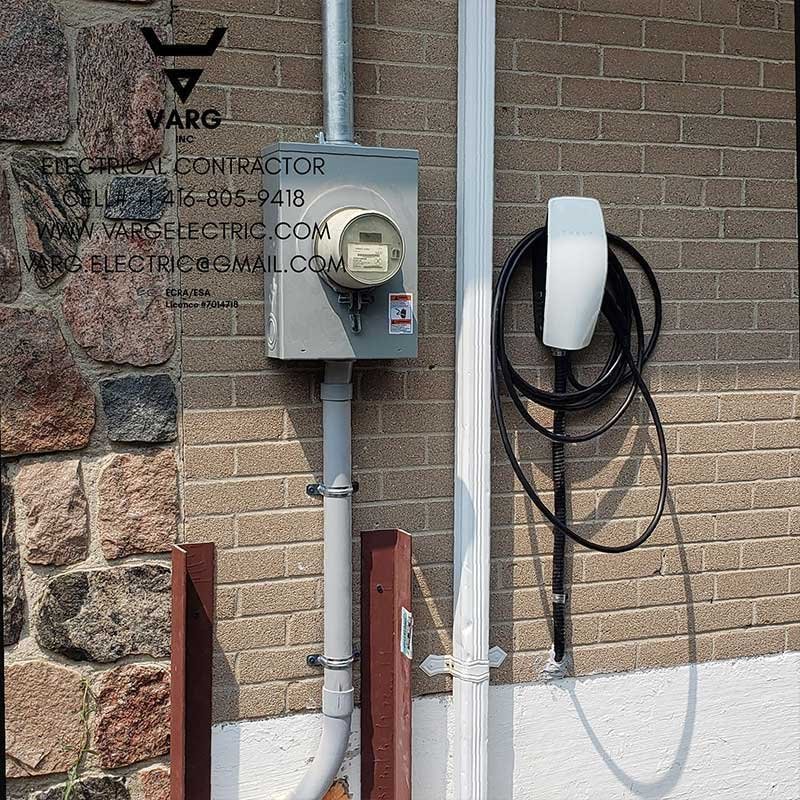
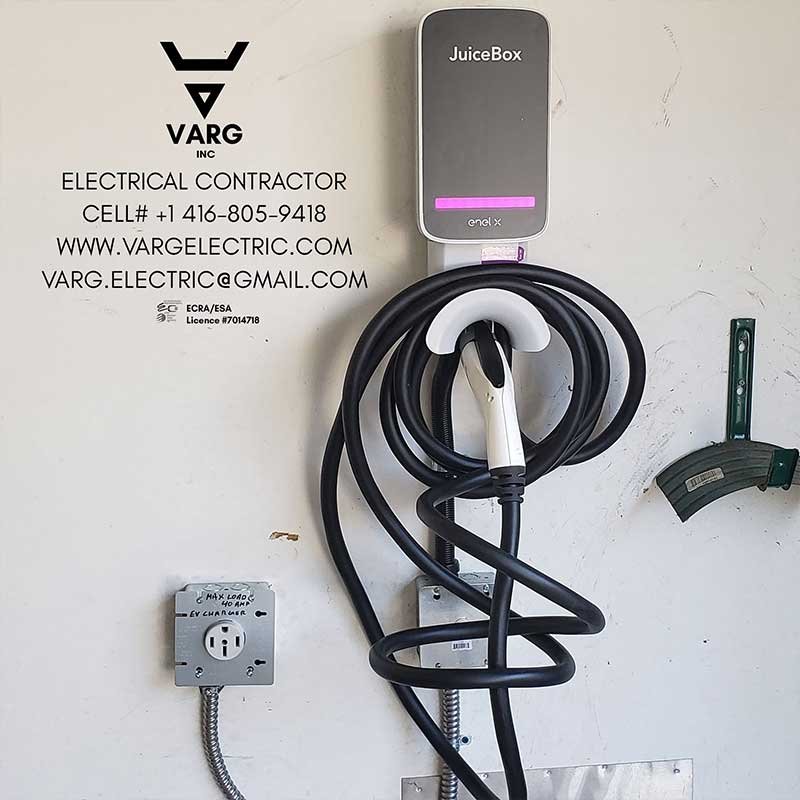
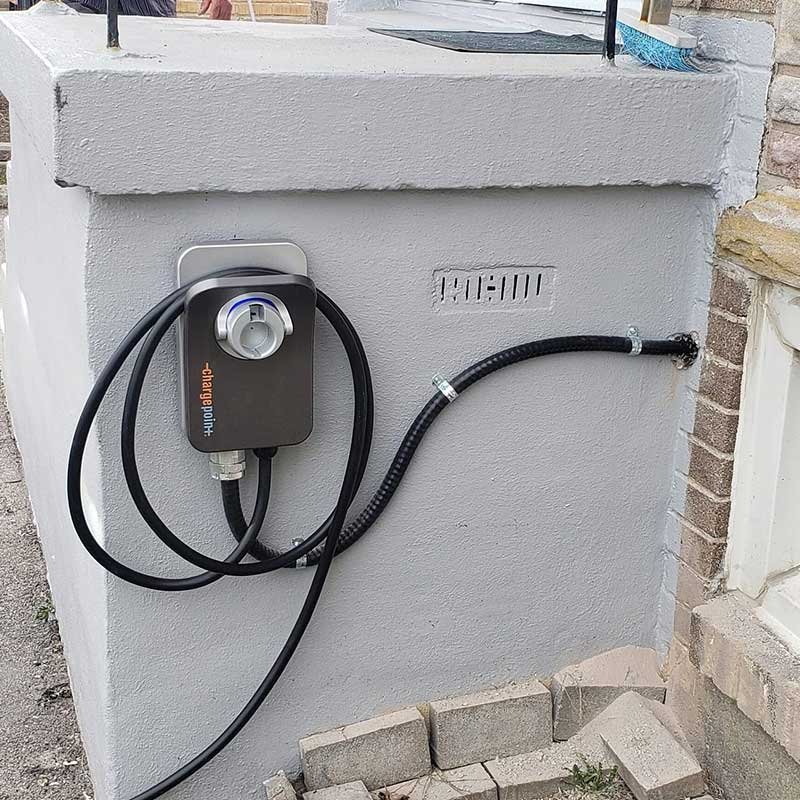
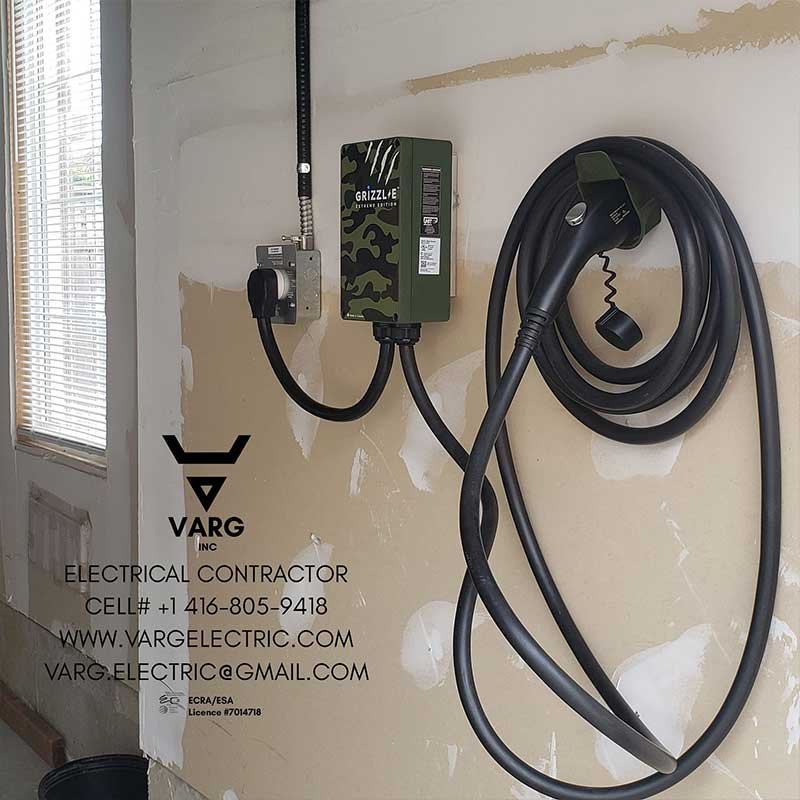
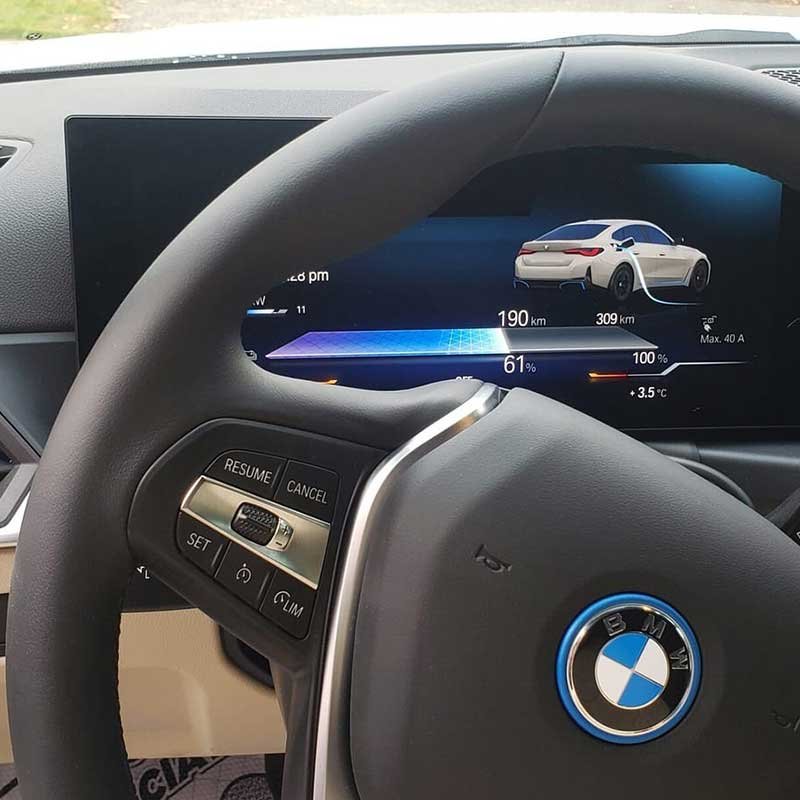
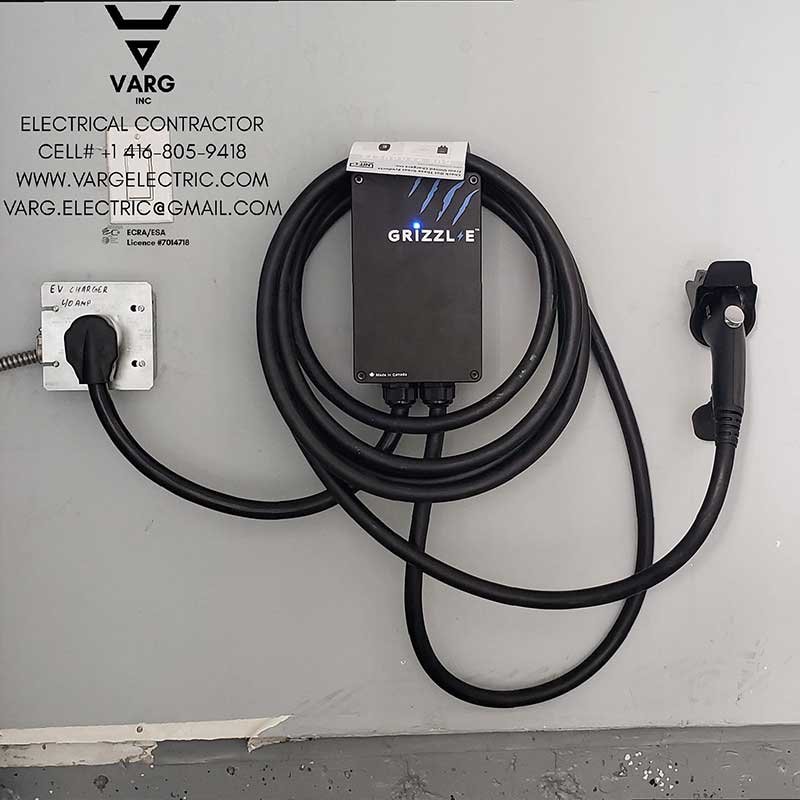
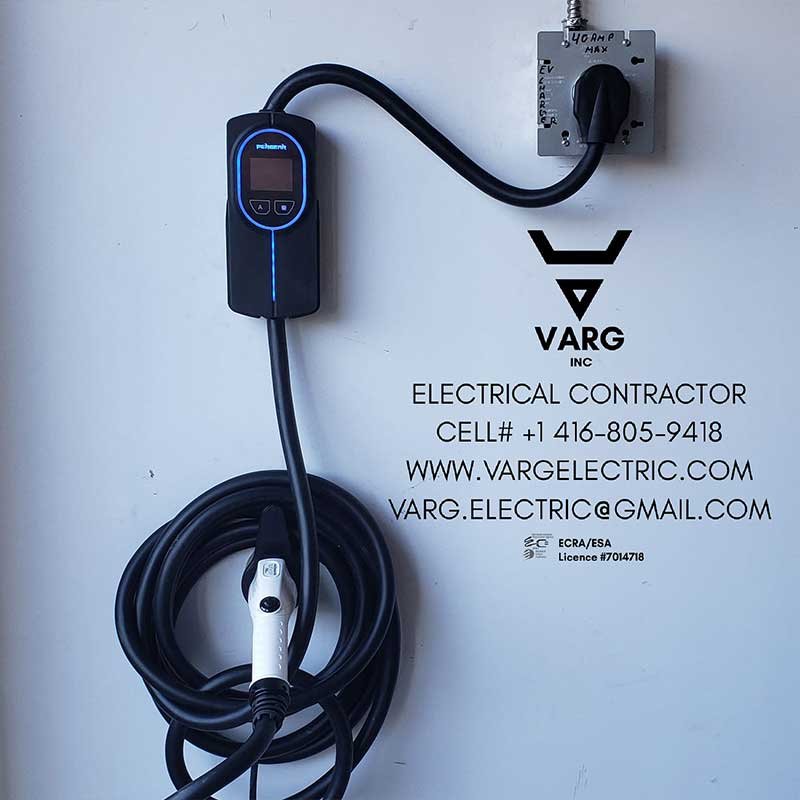
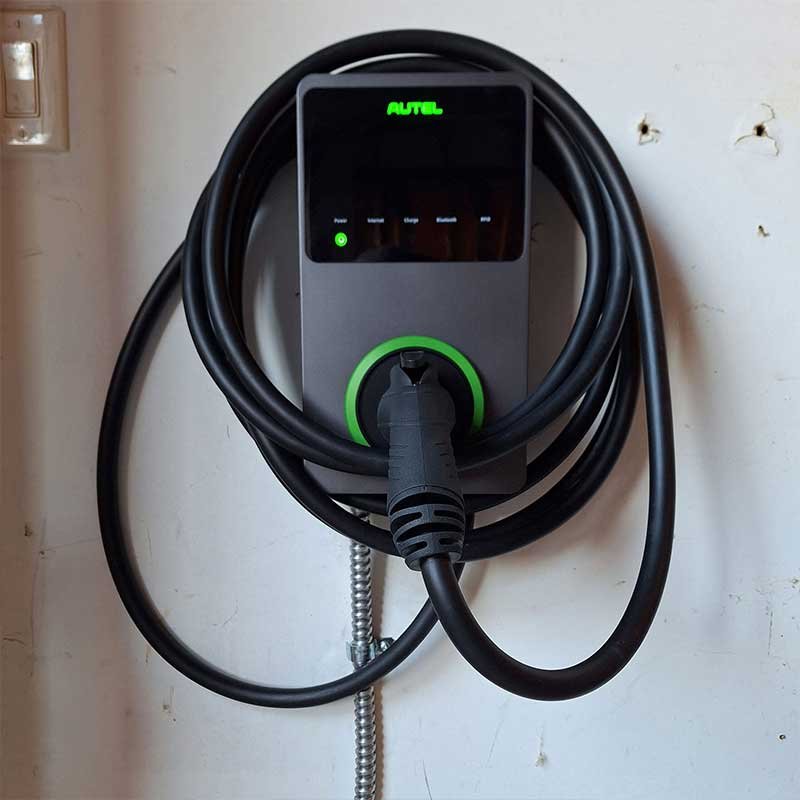
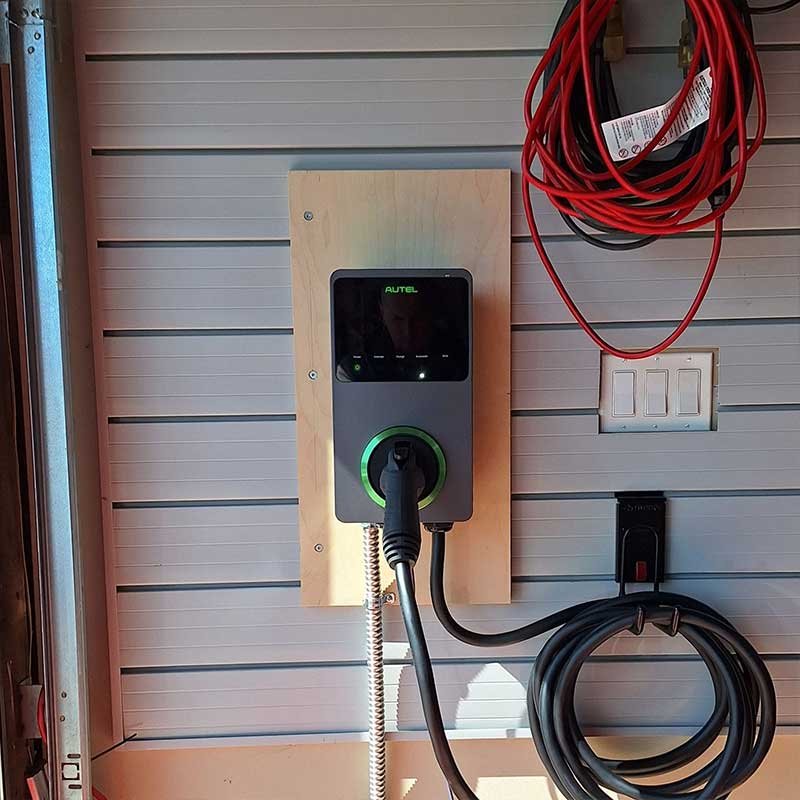
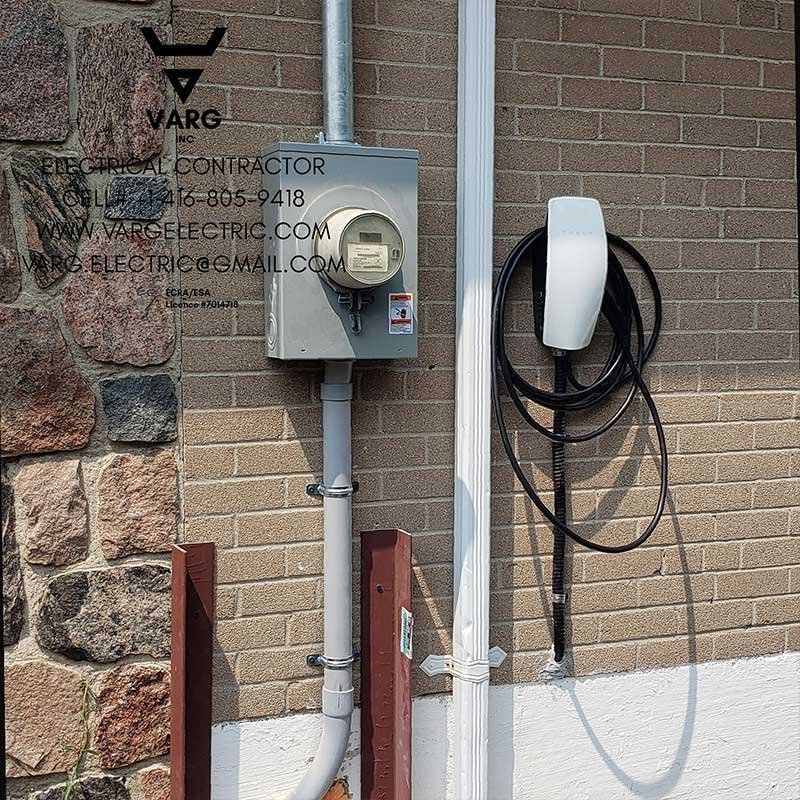
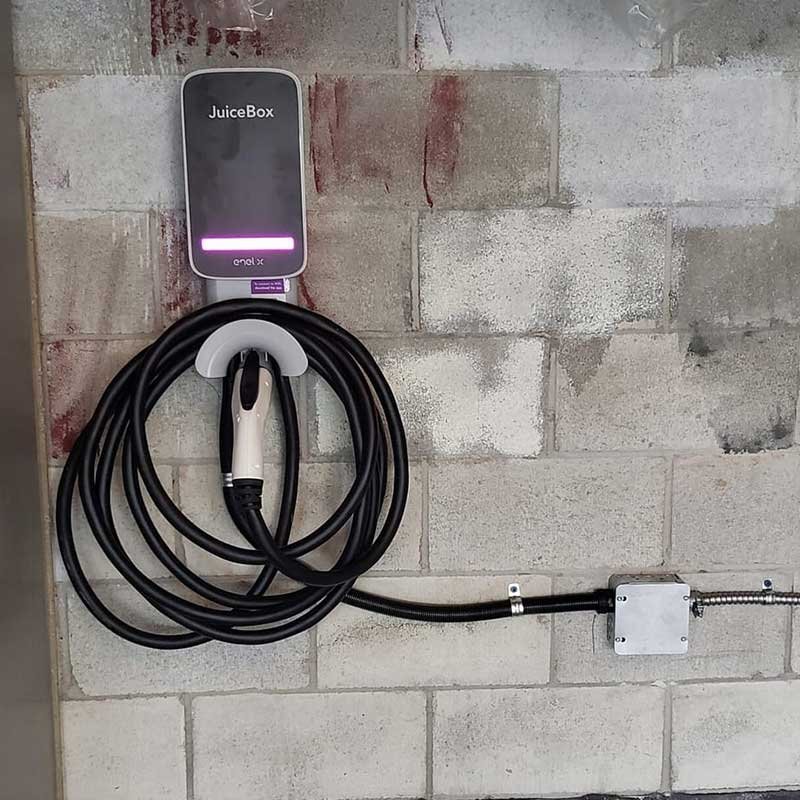
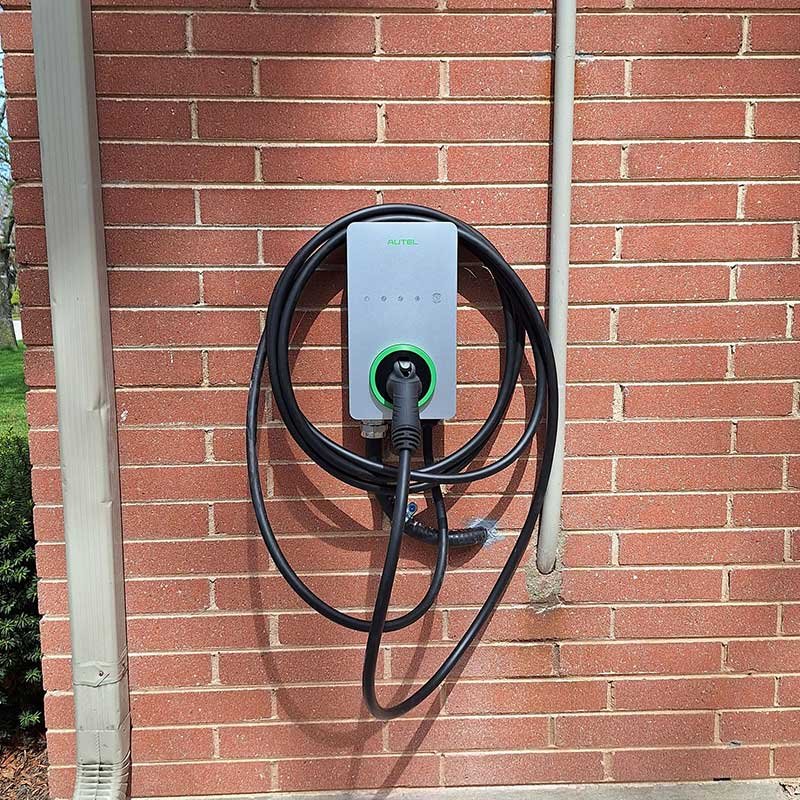
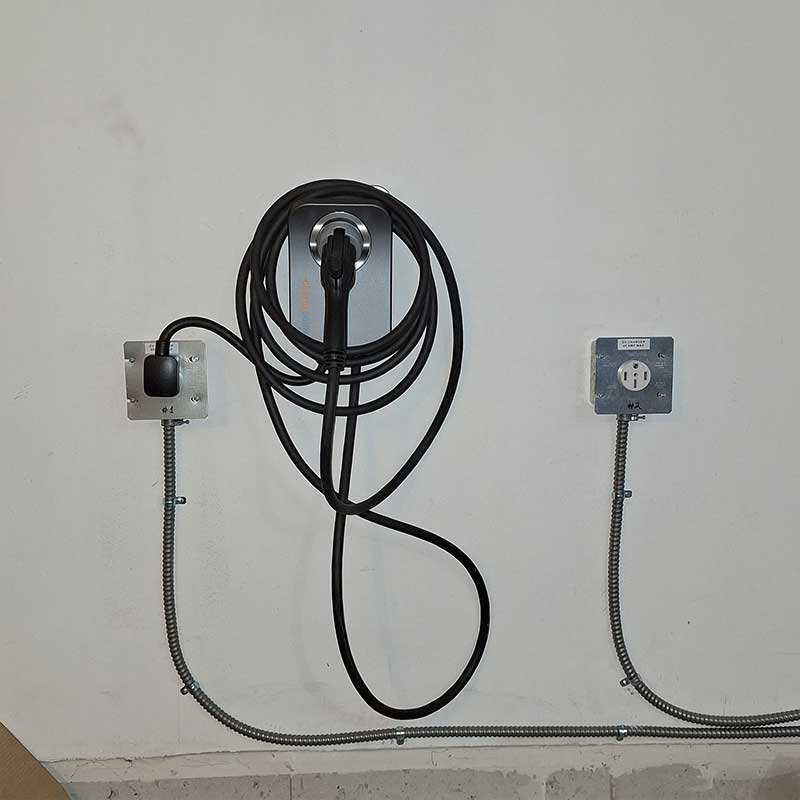
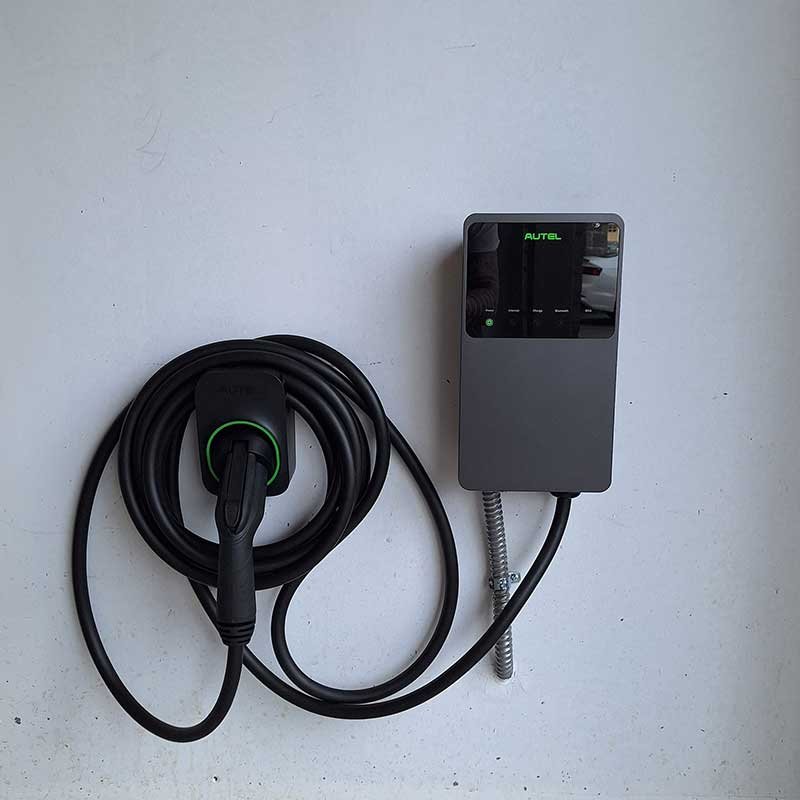
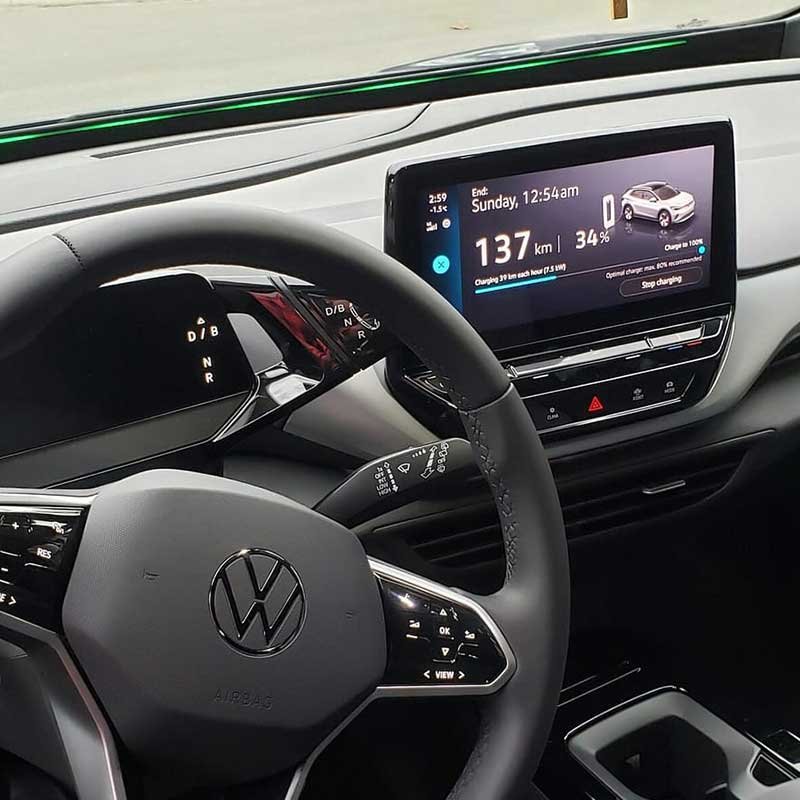
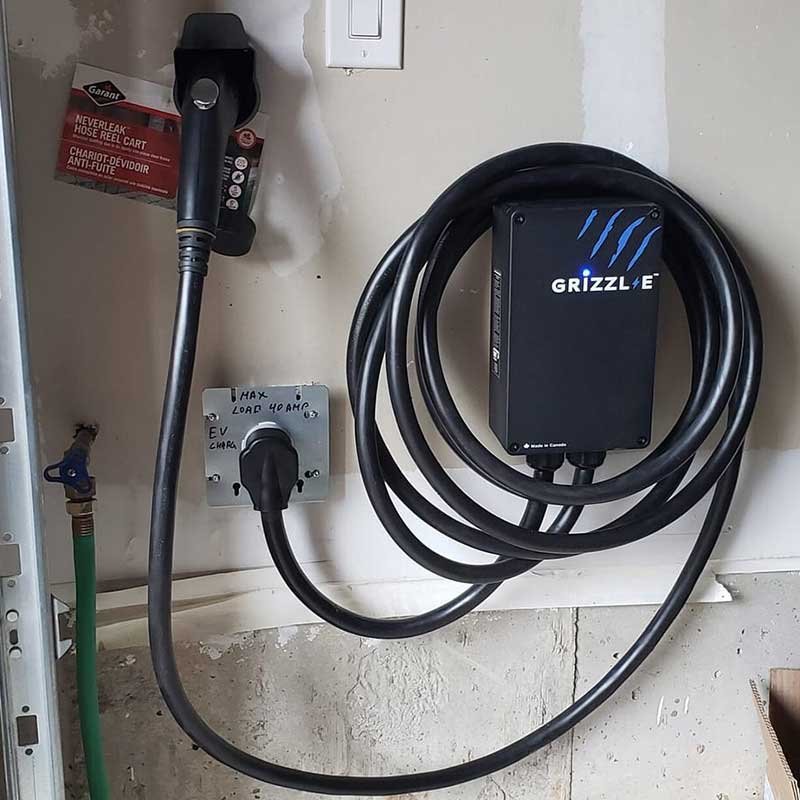

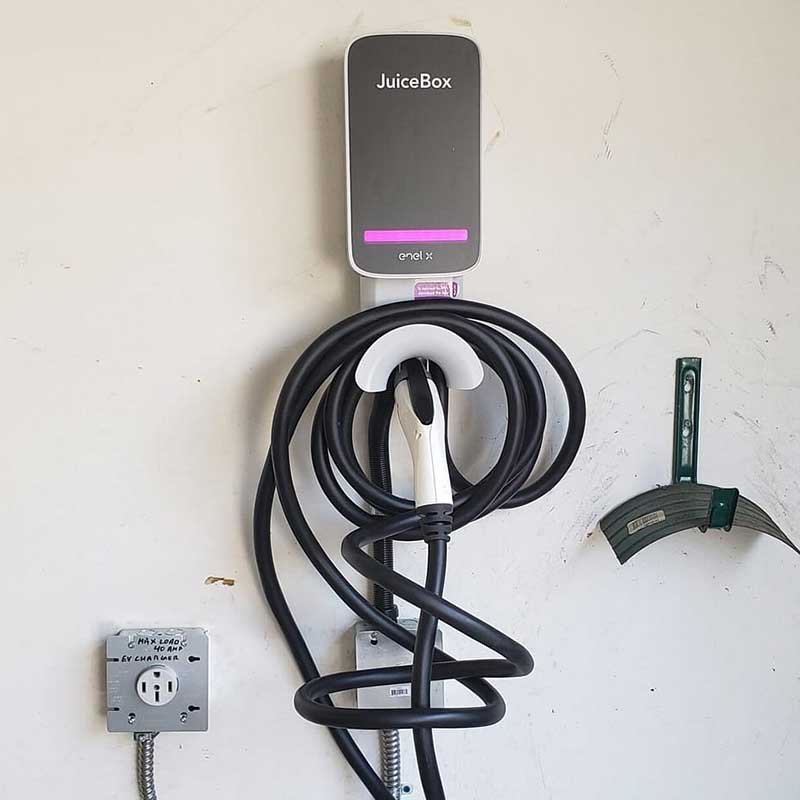
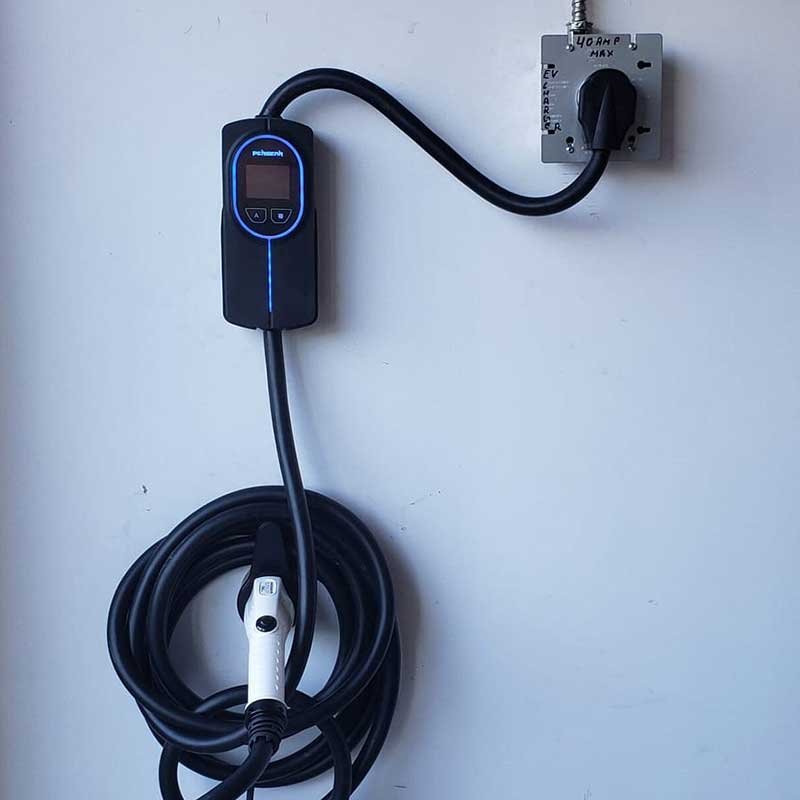

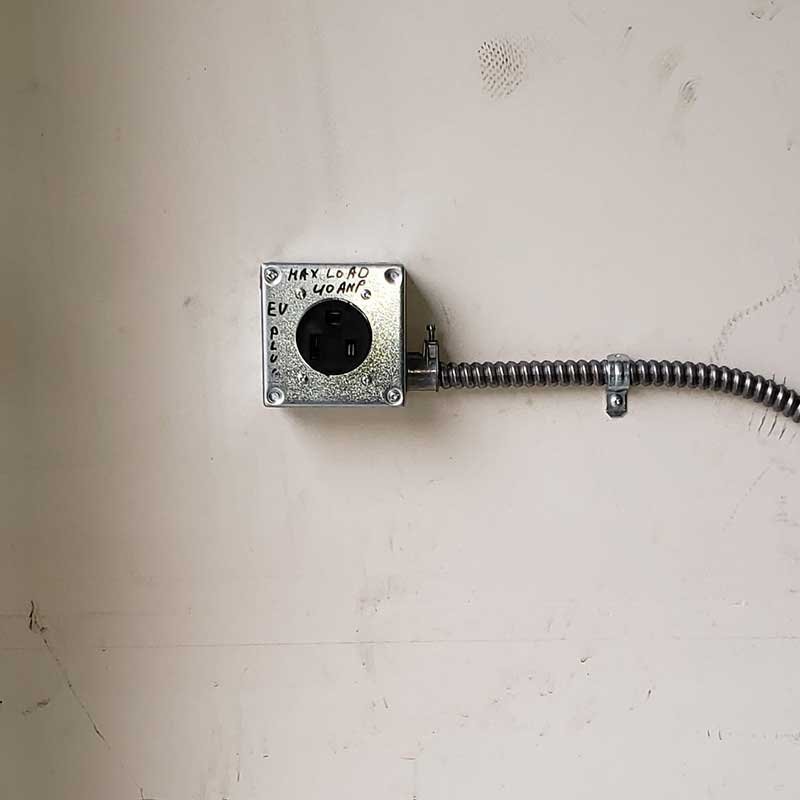

Mudit Nijhawan